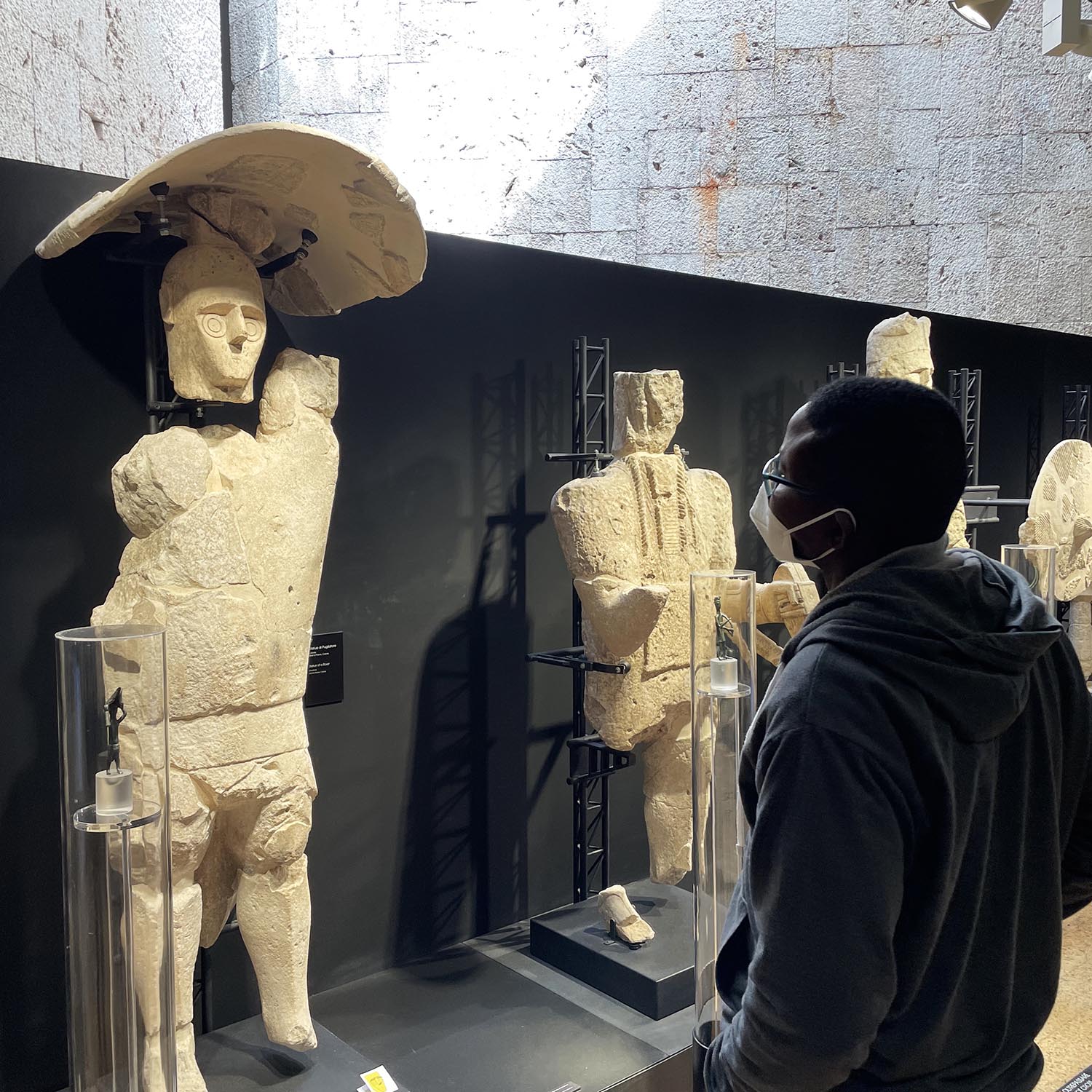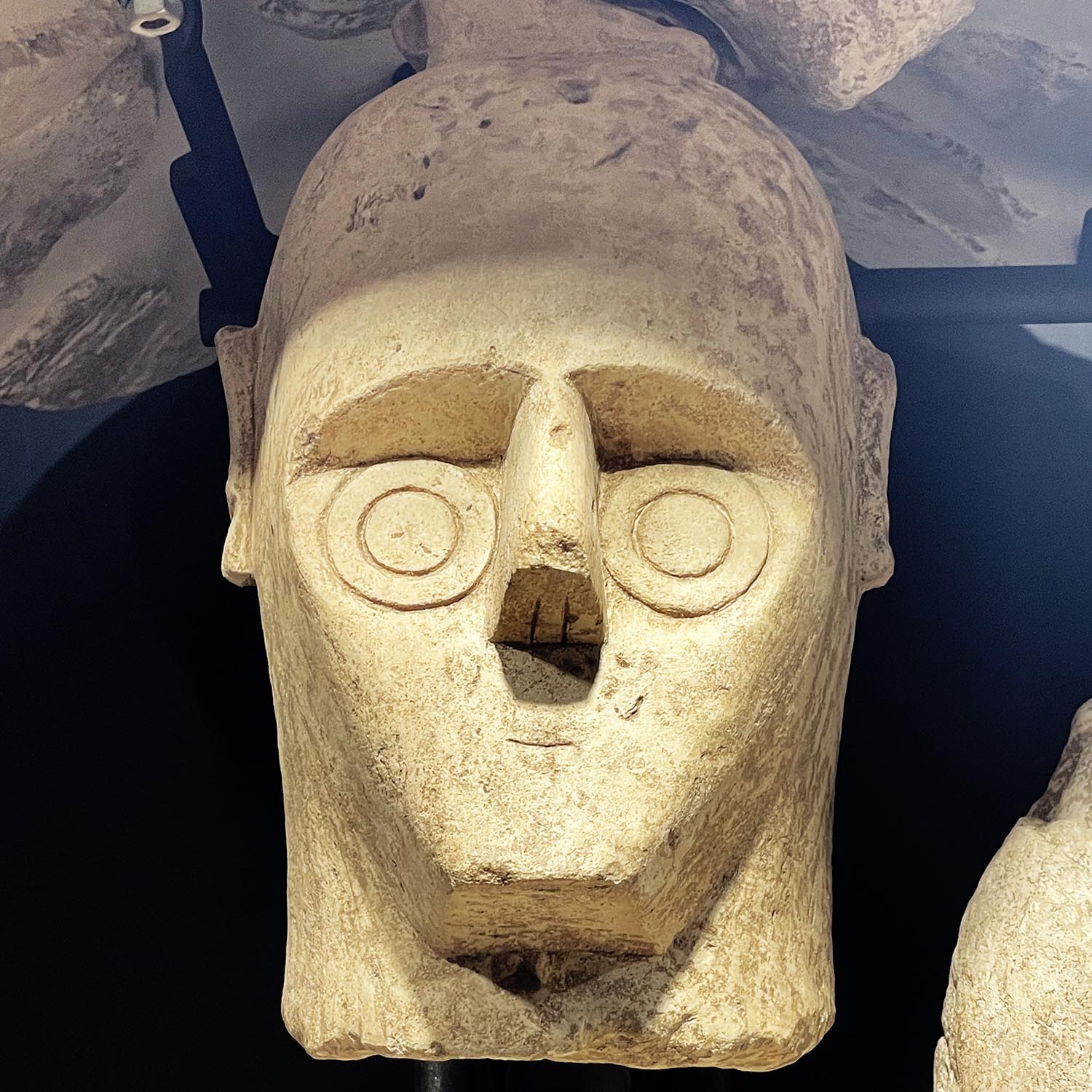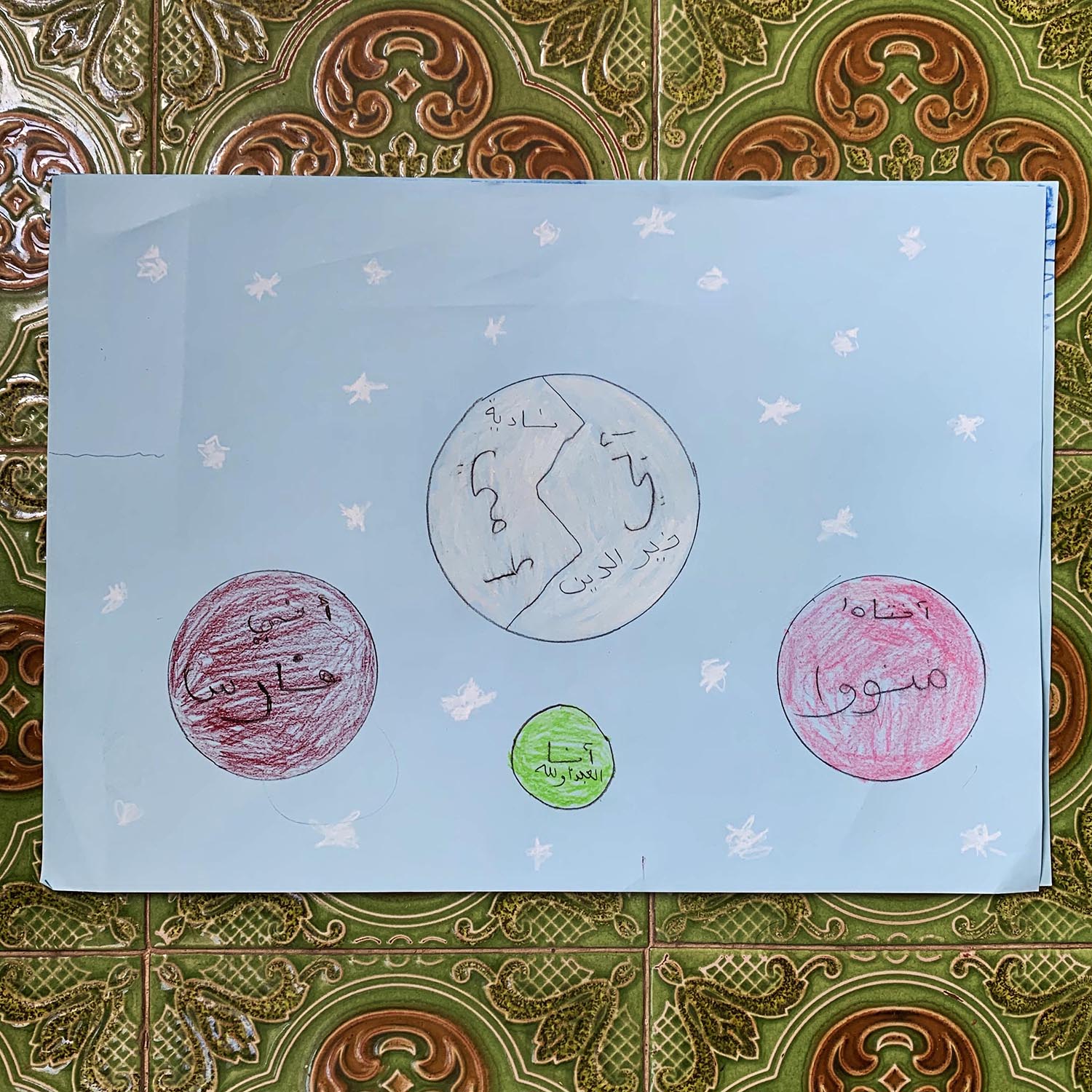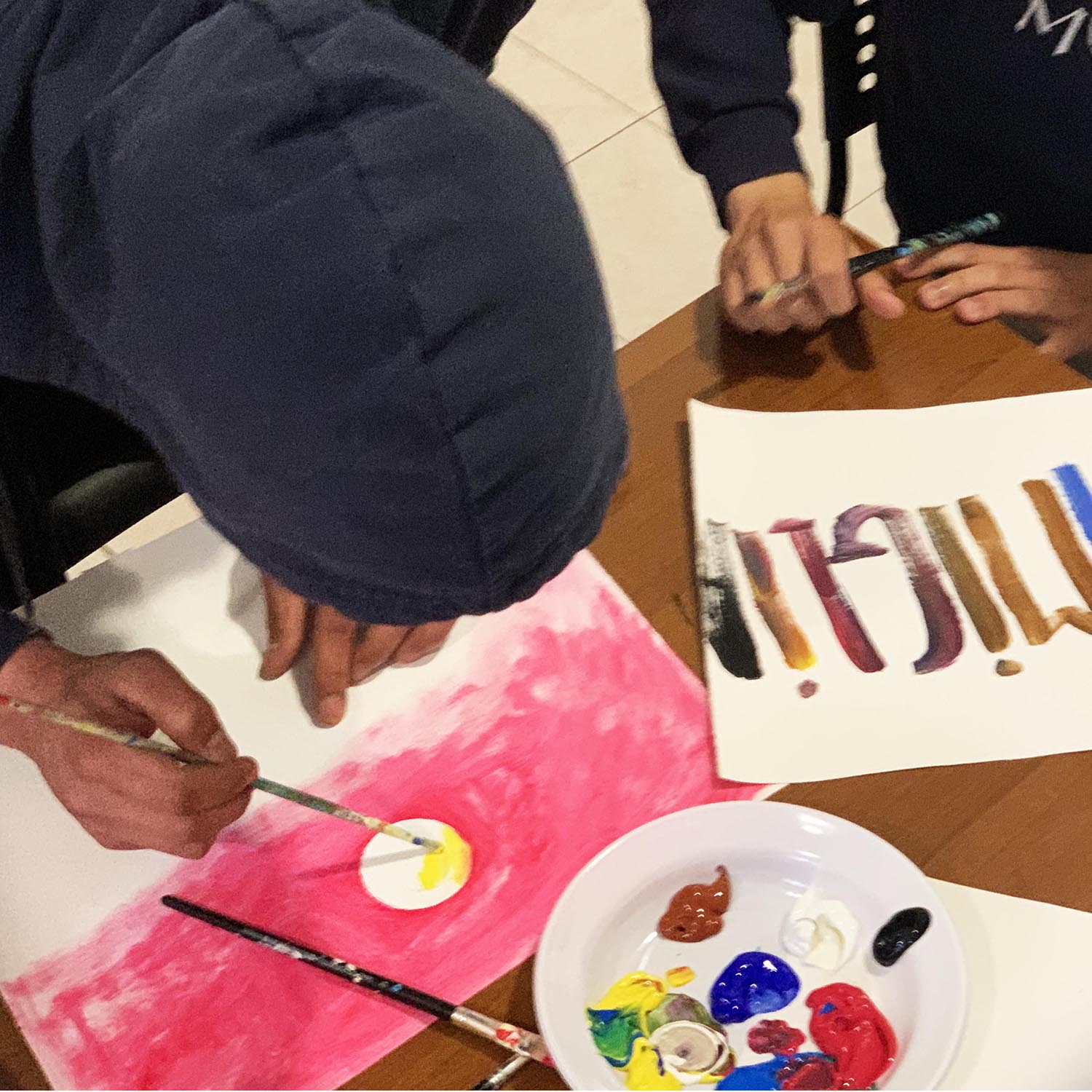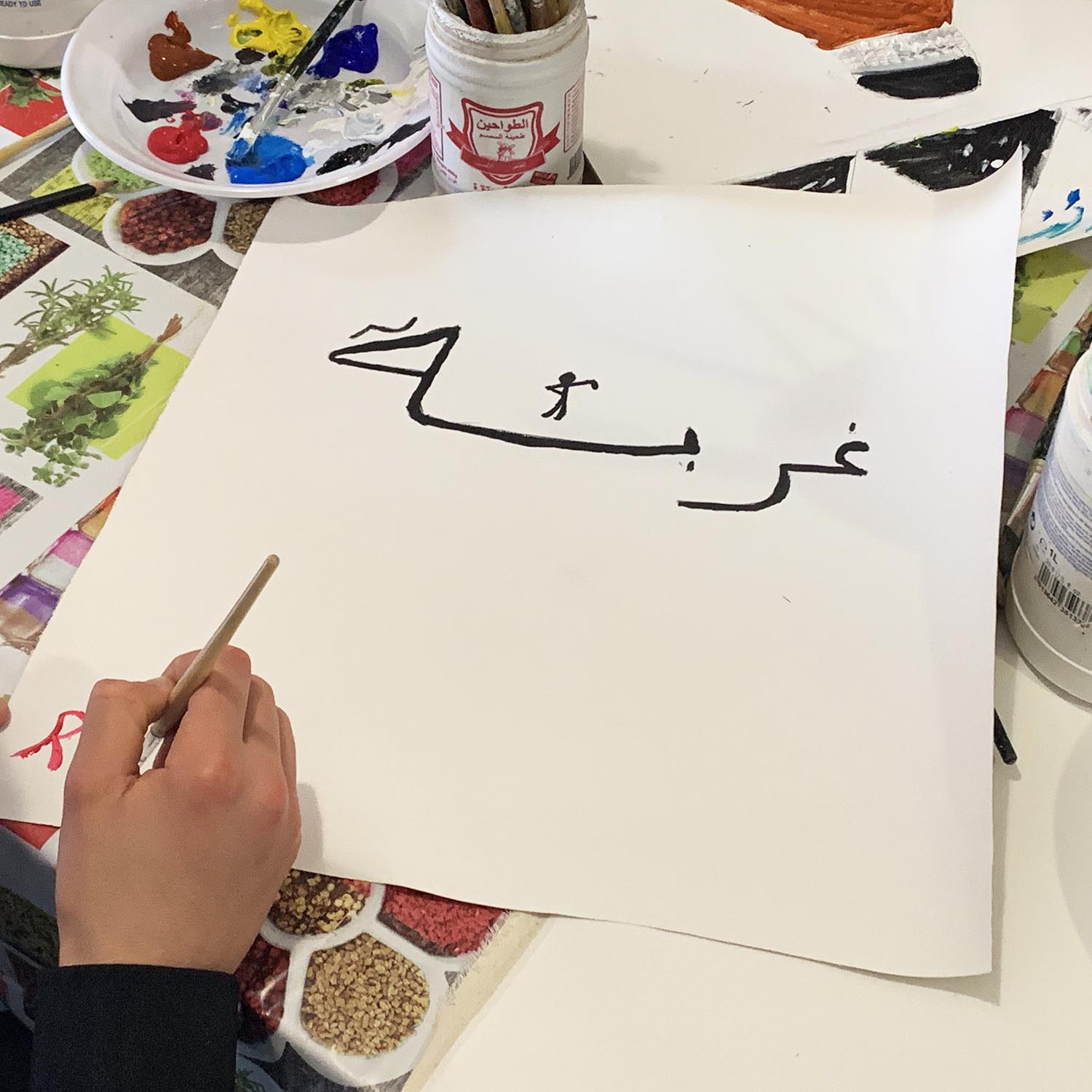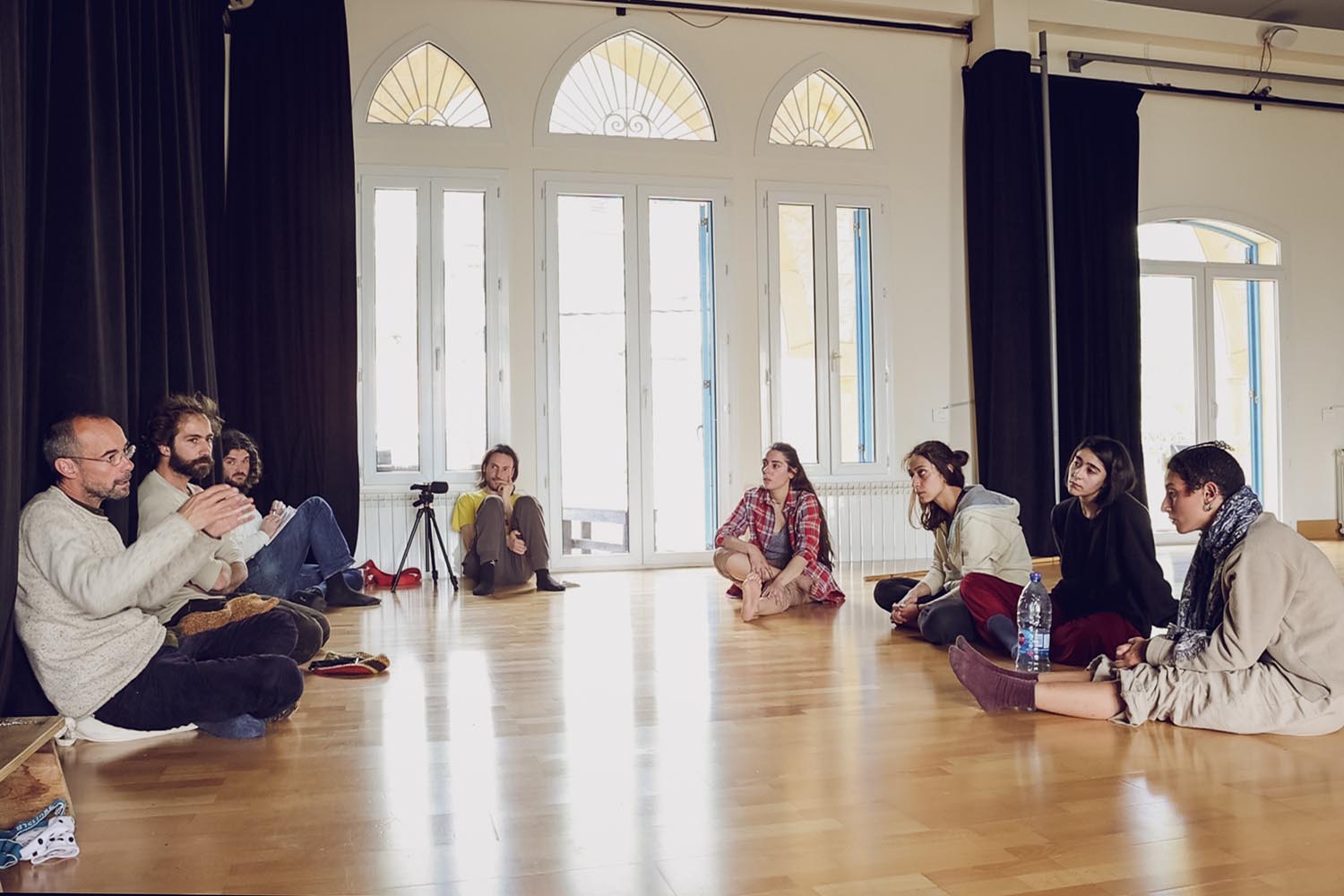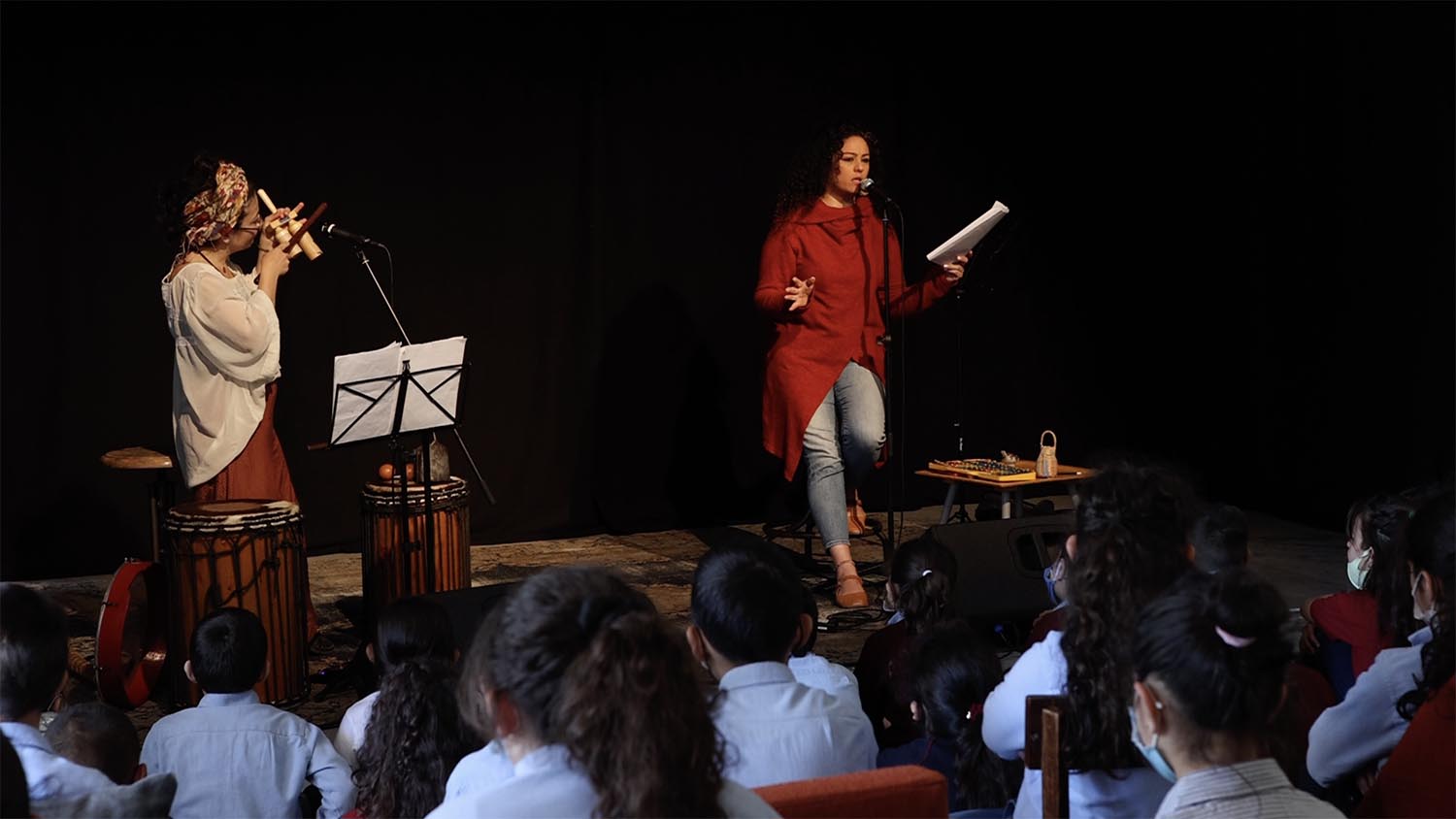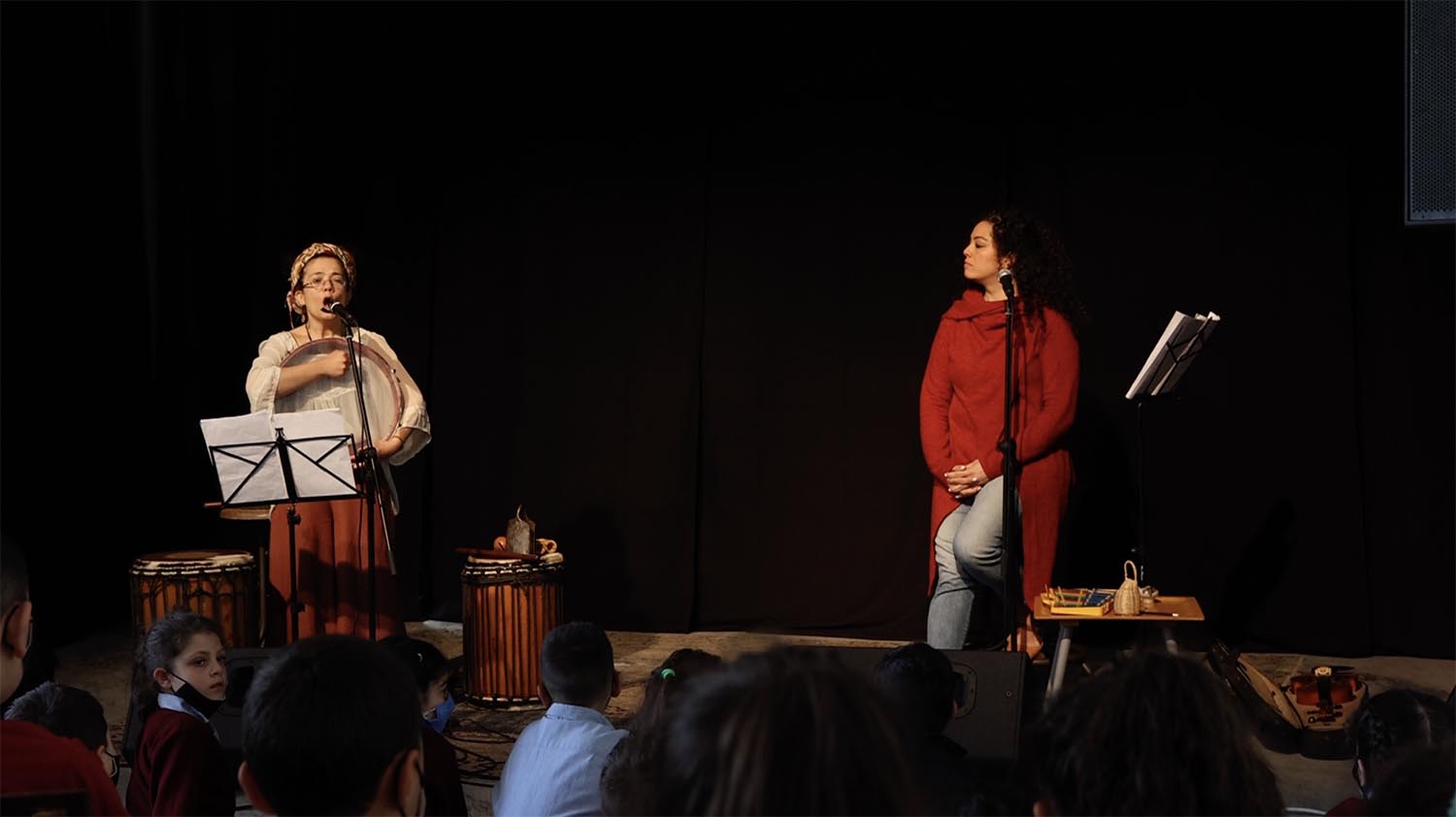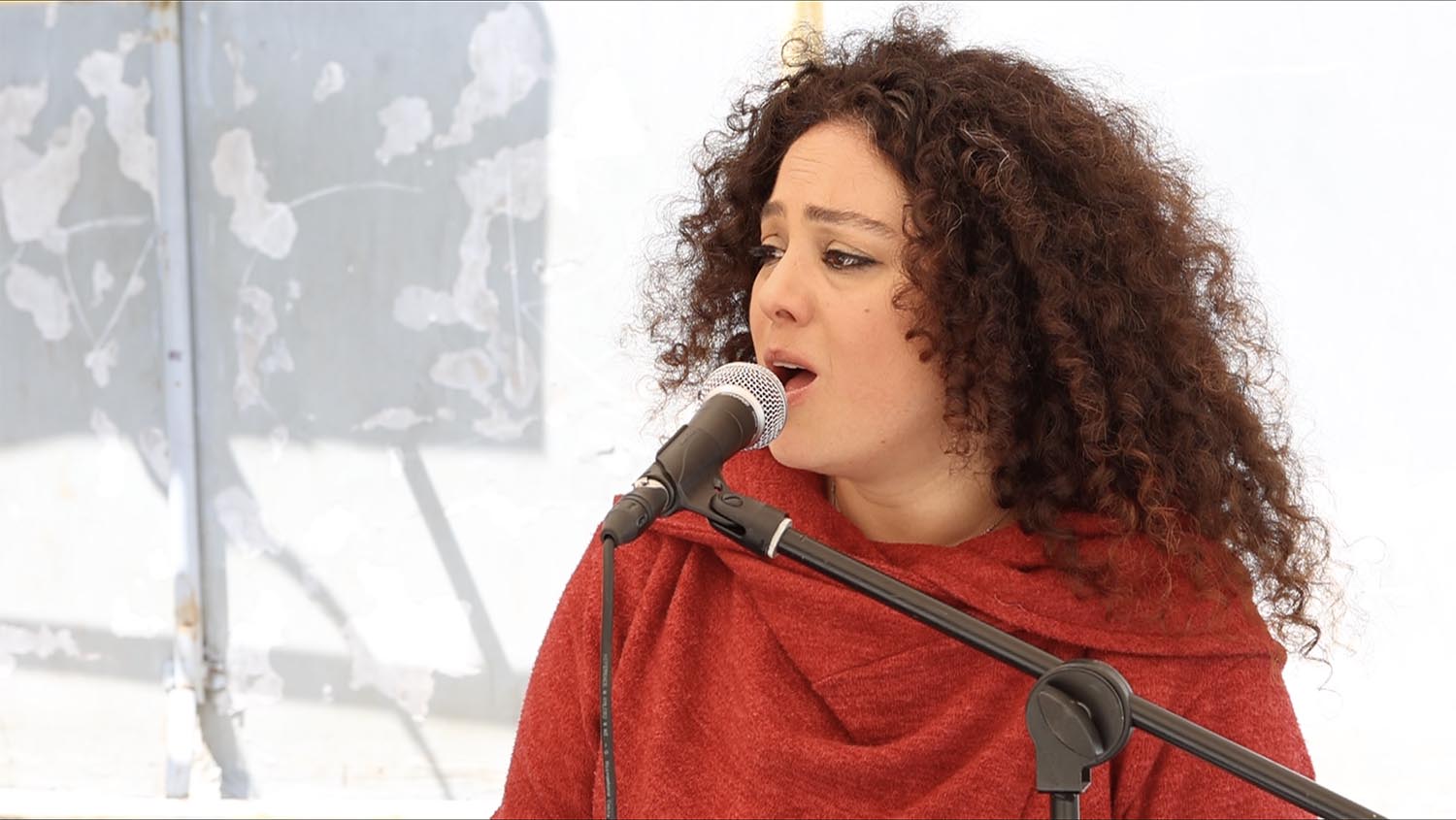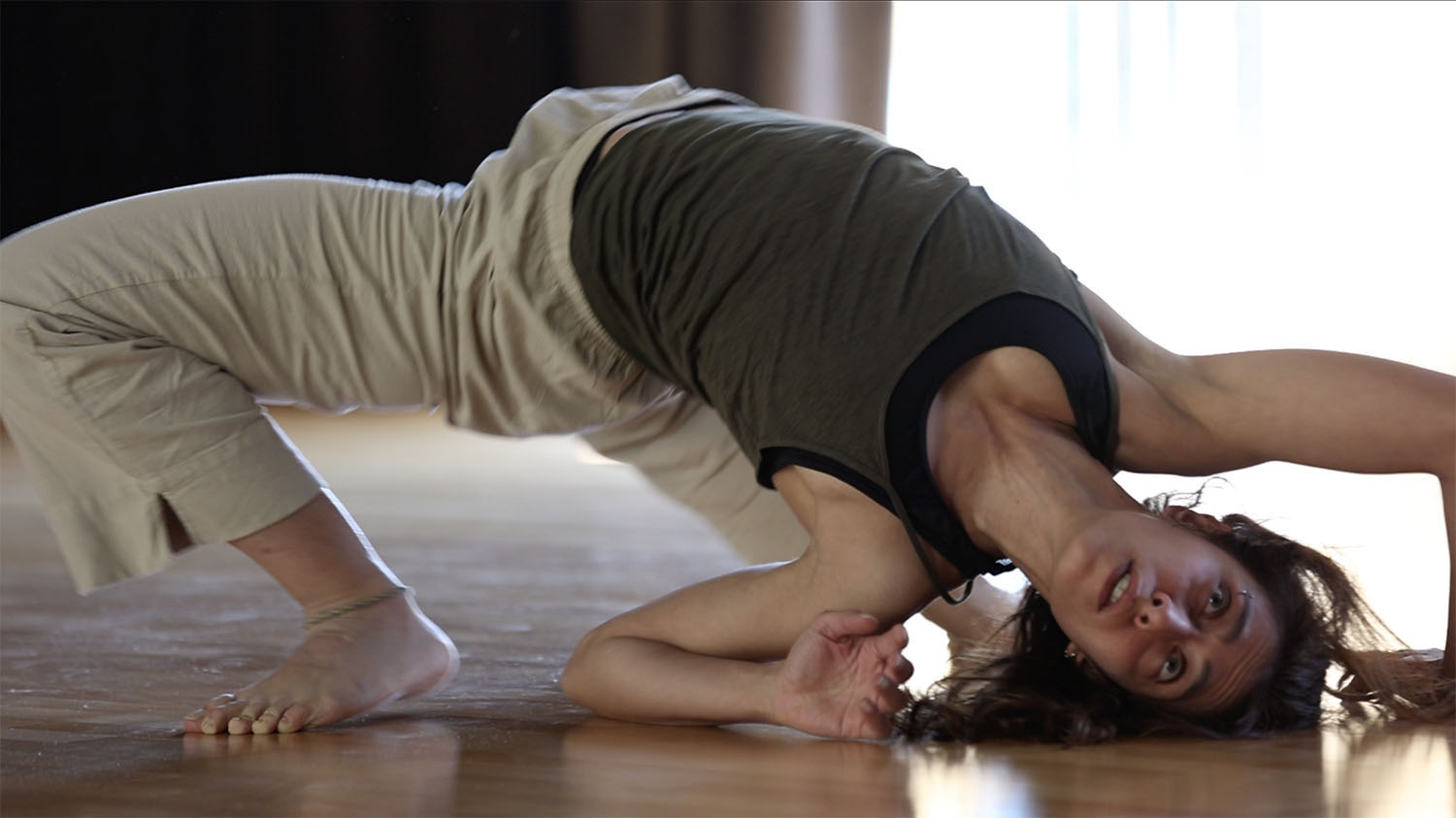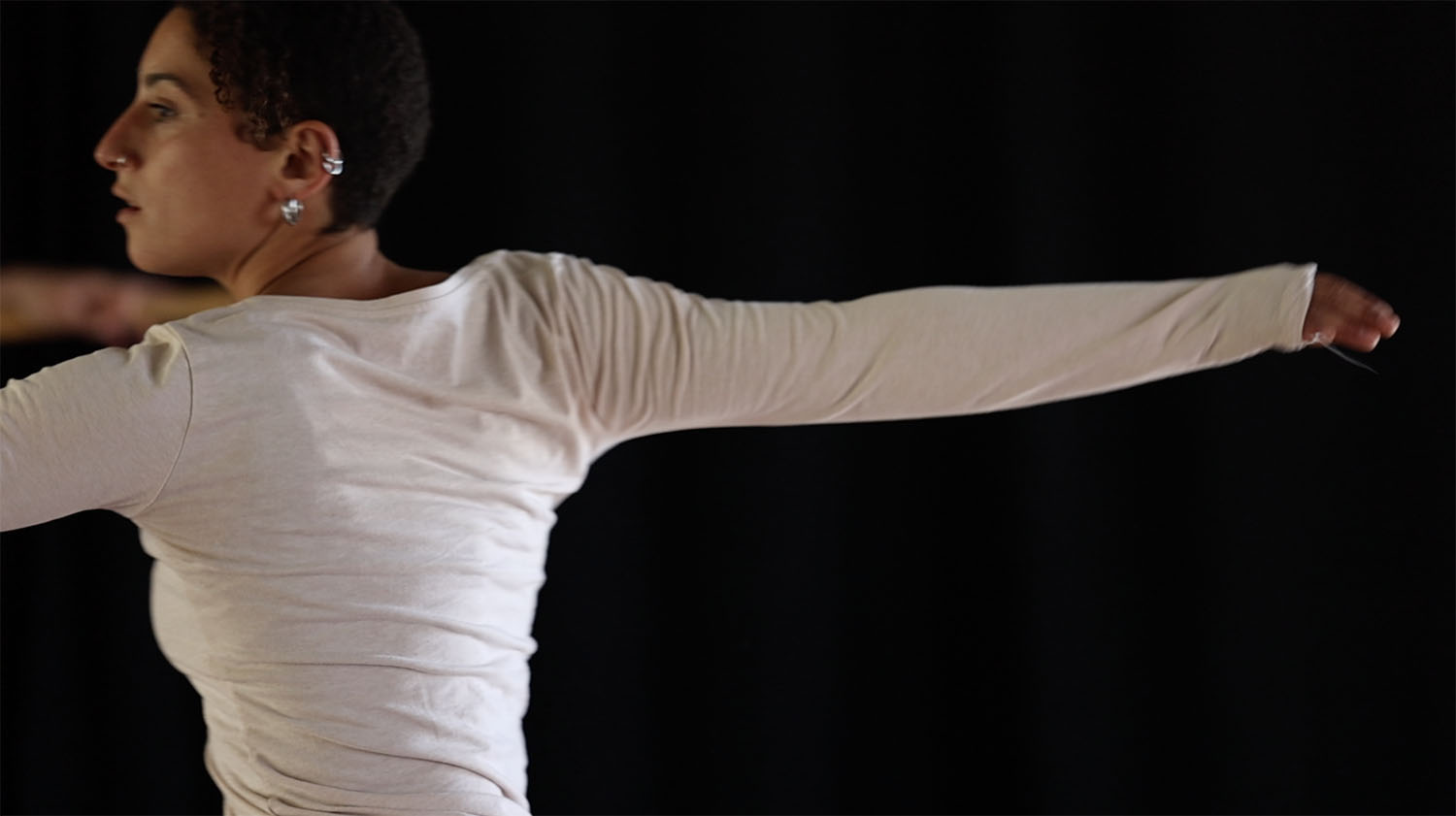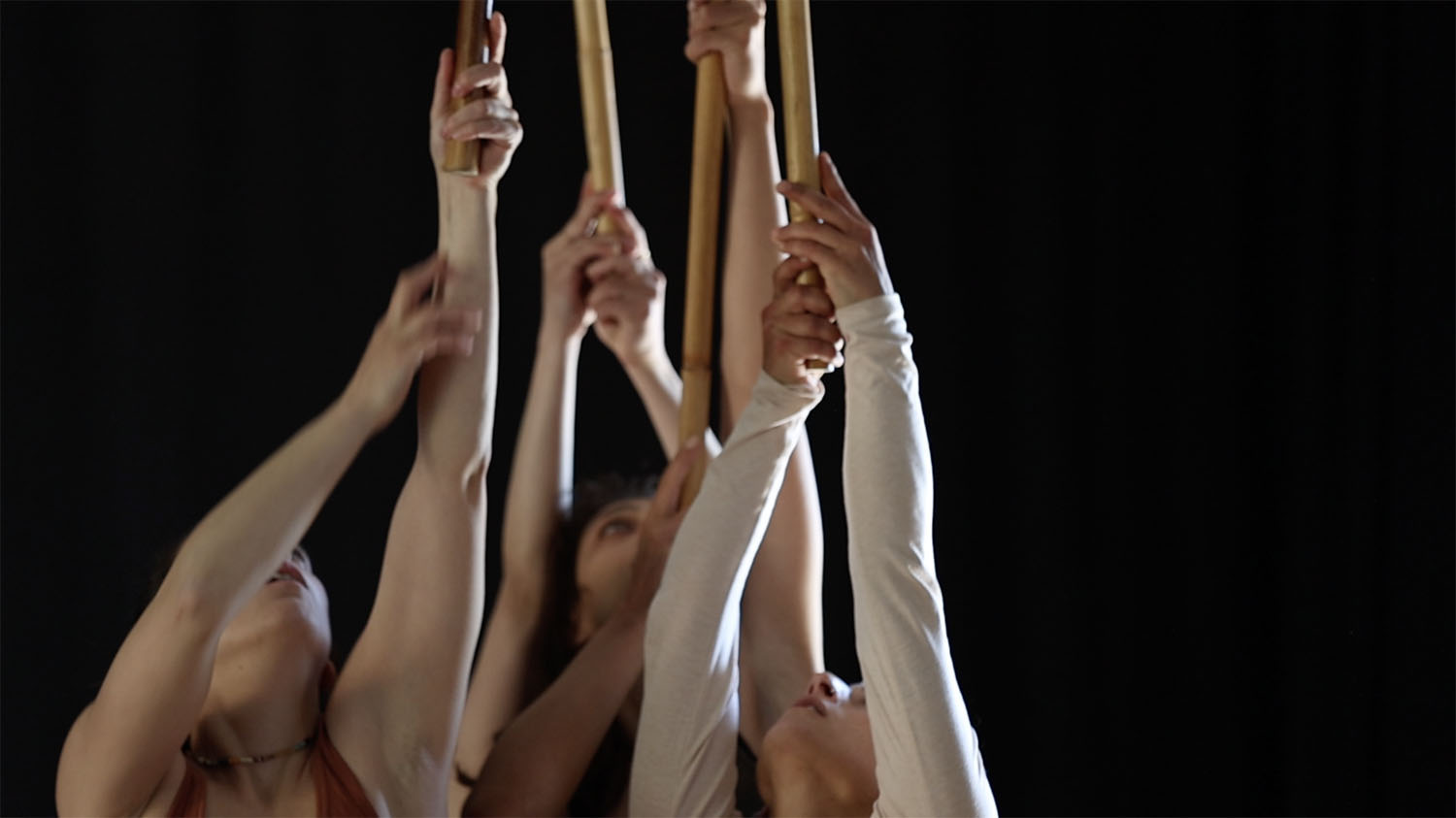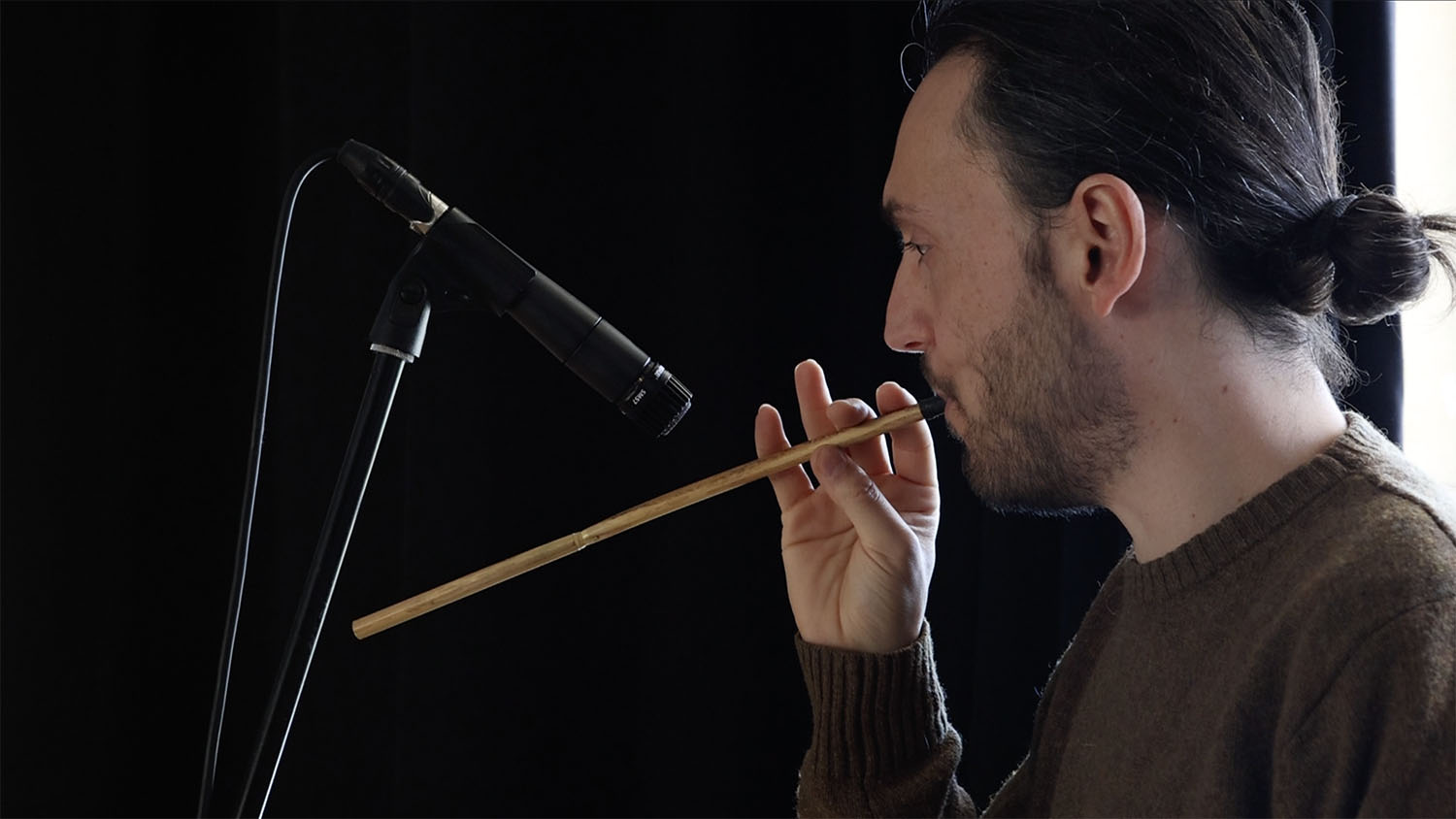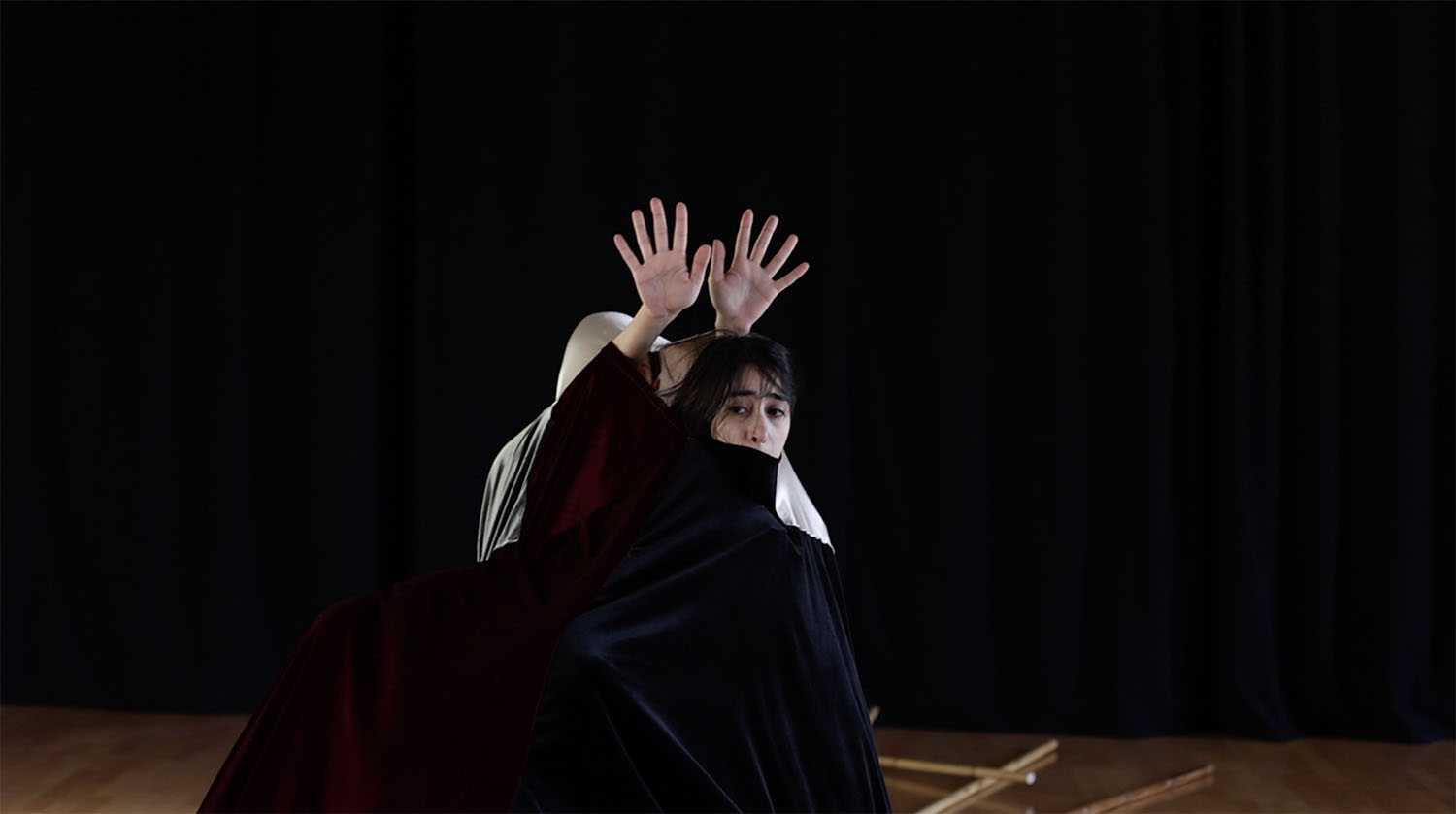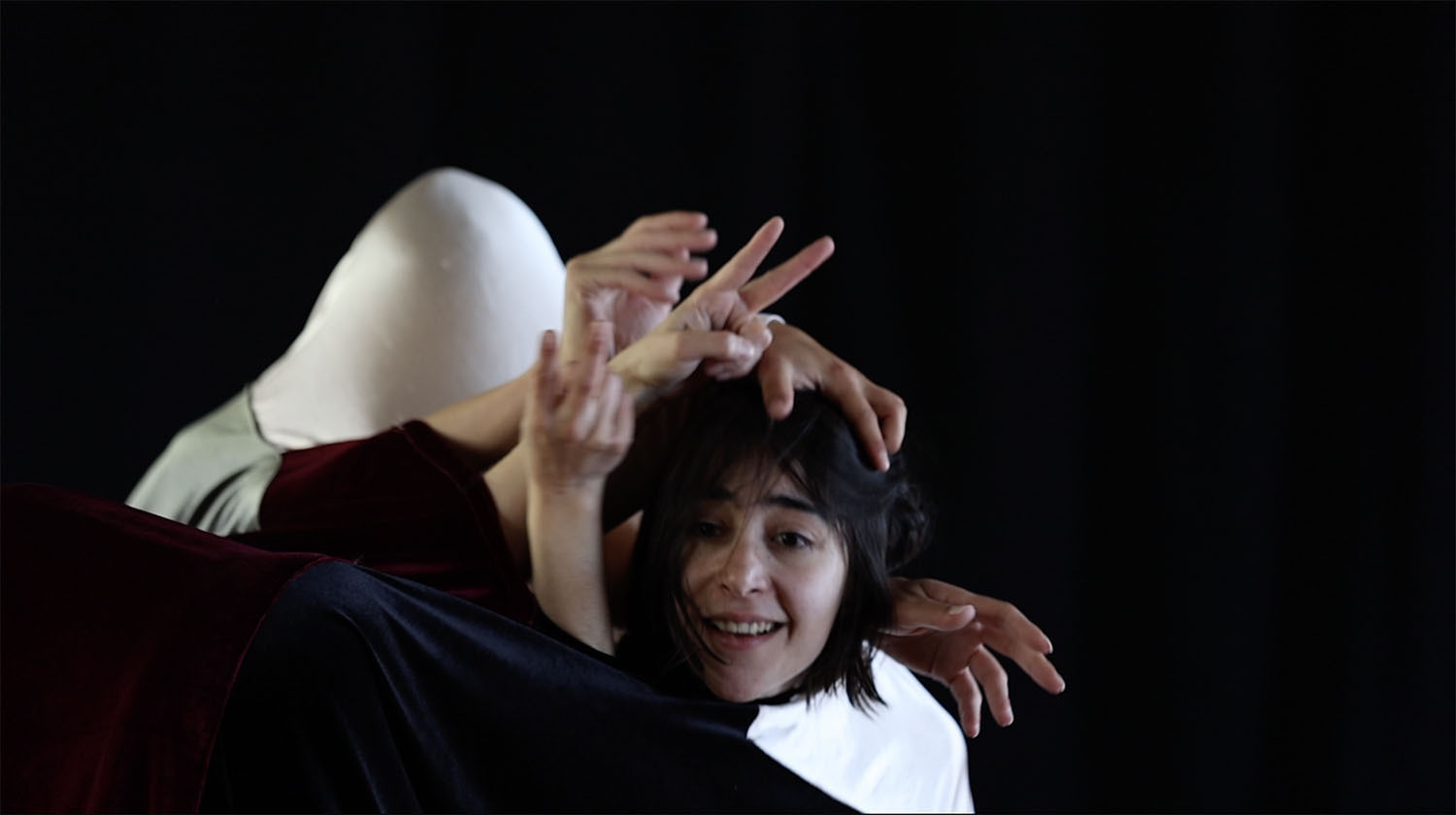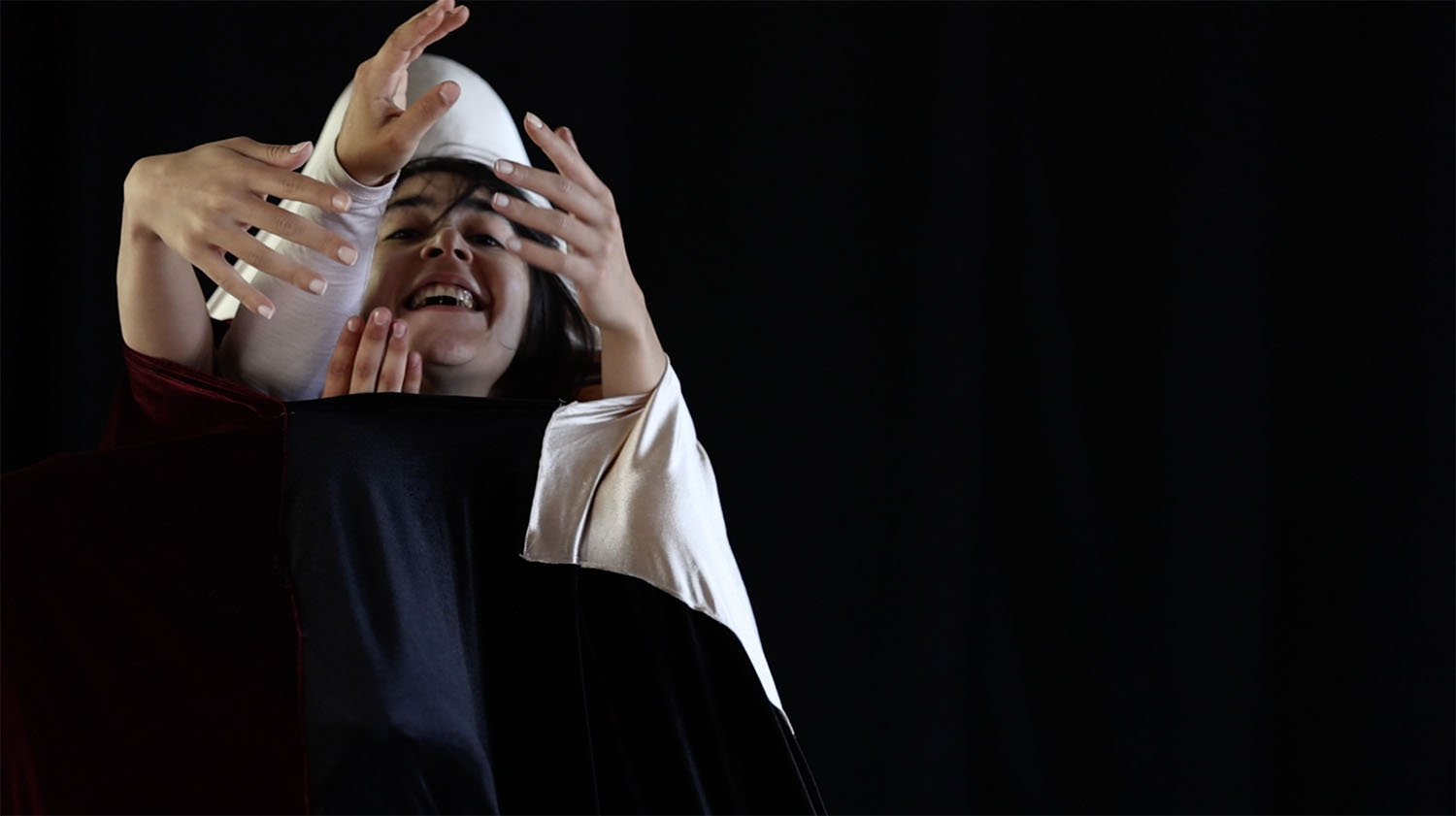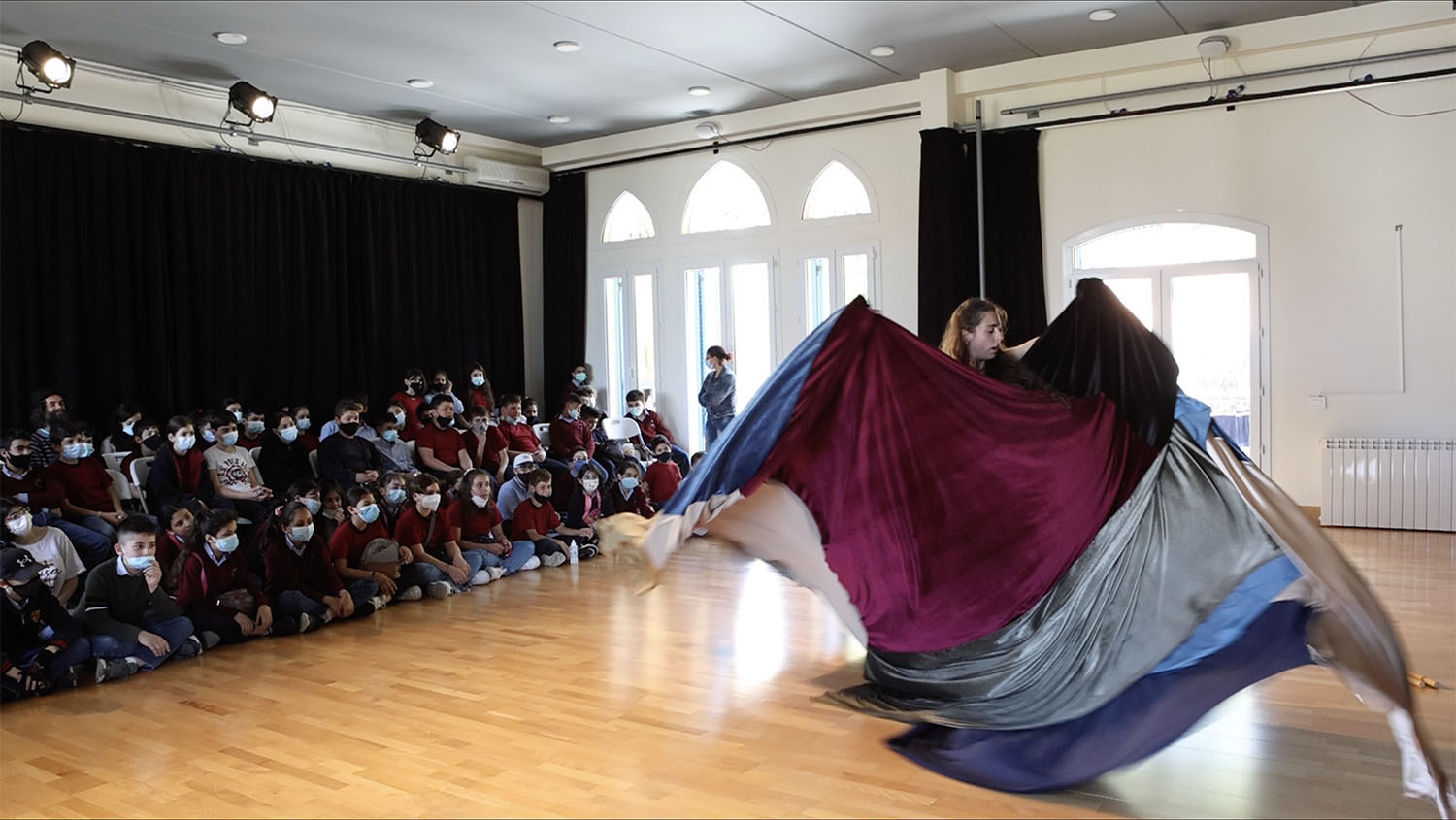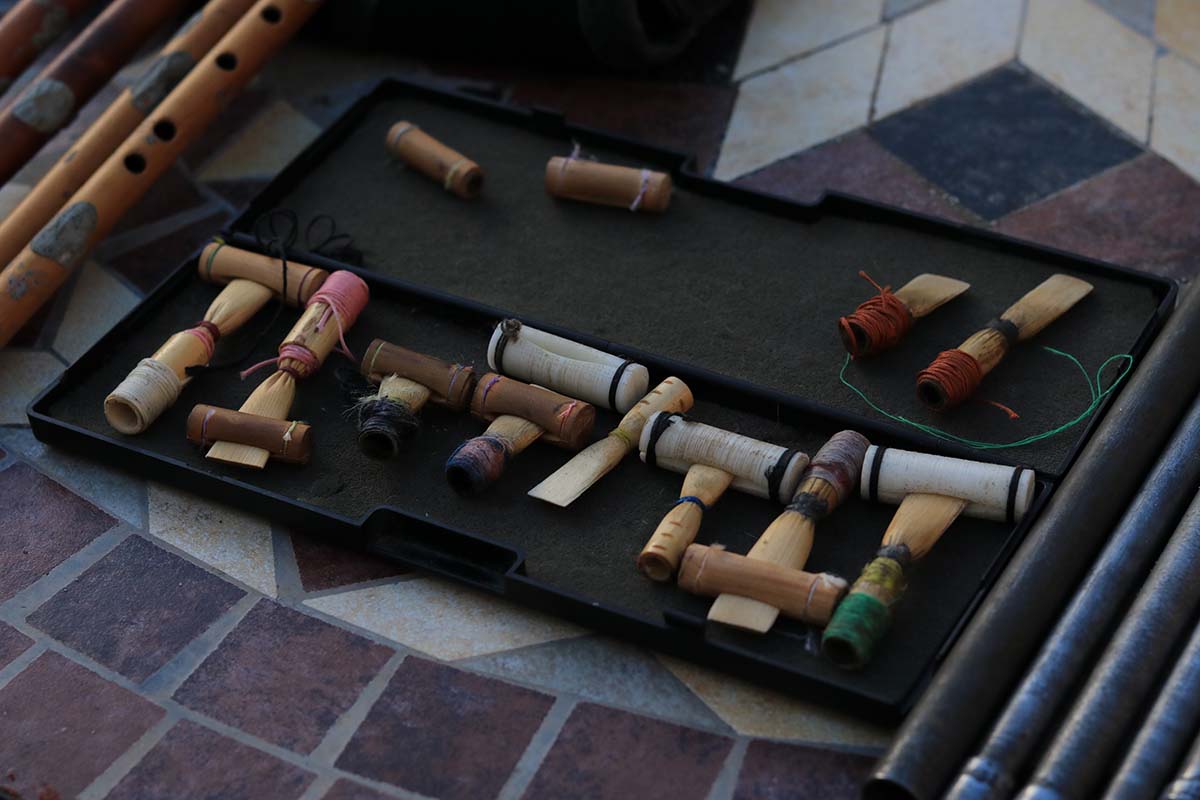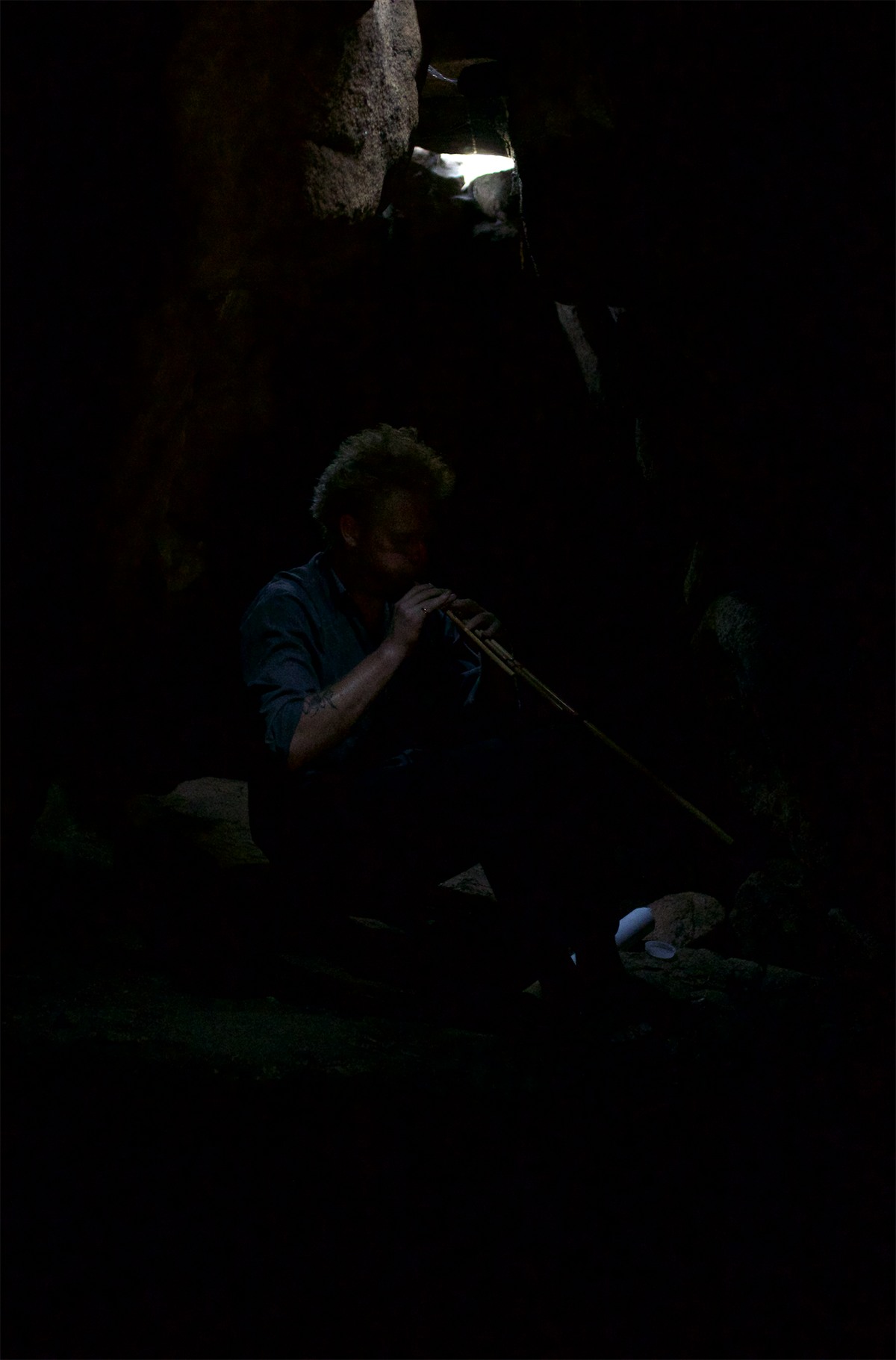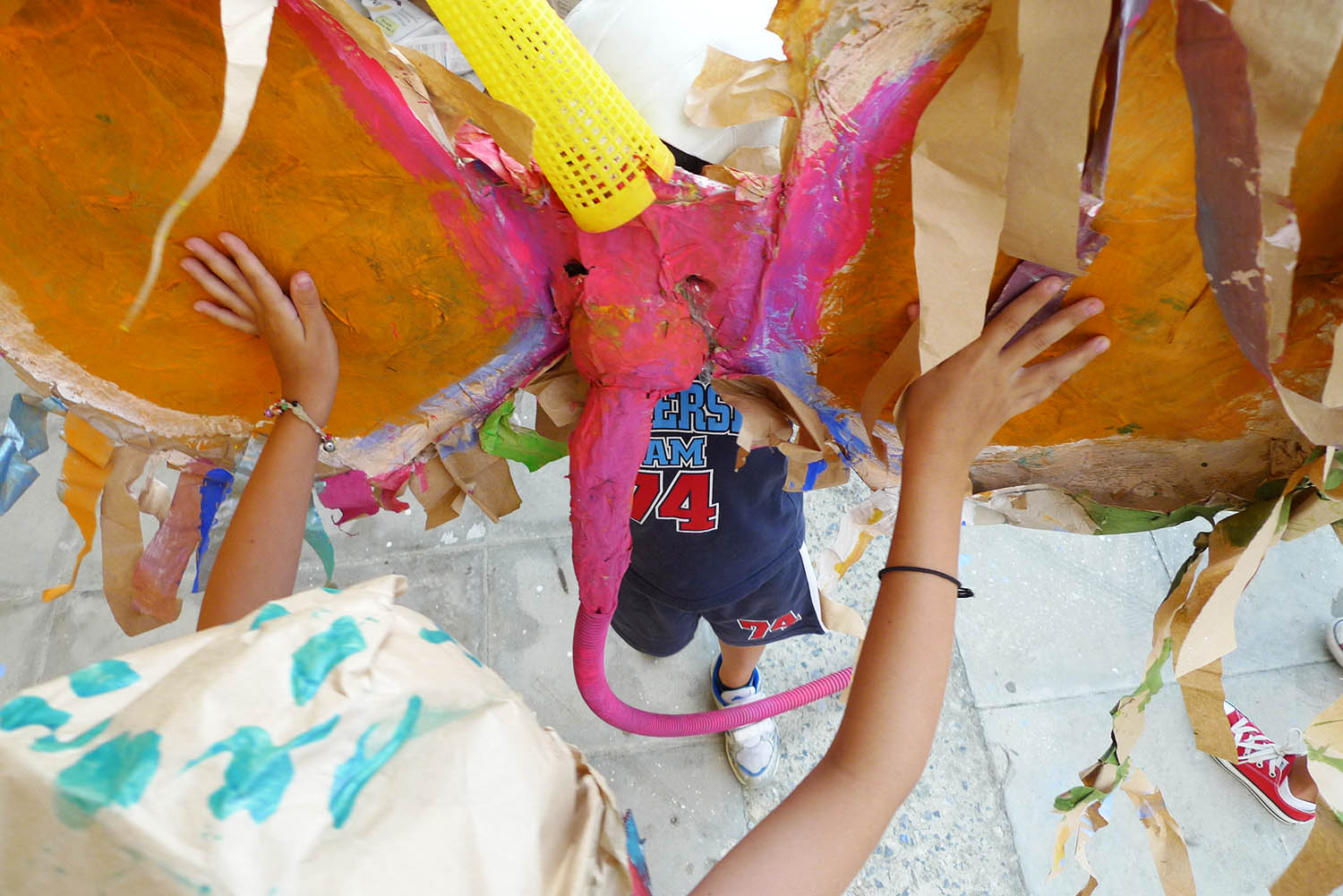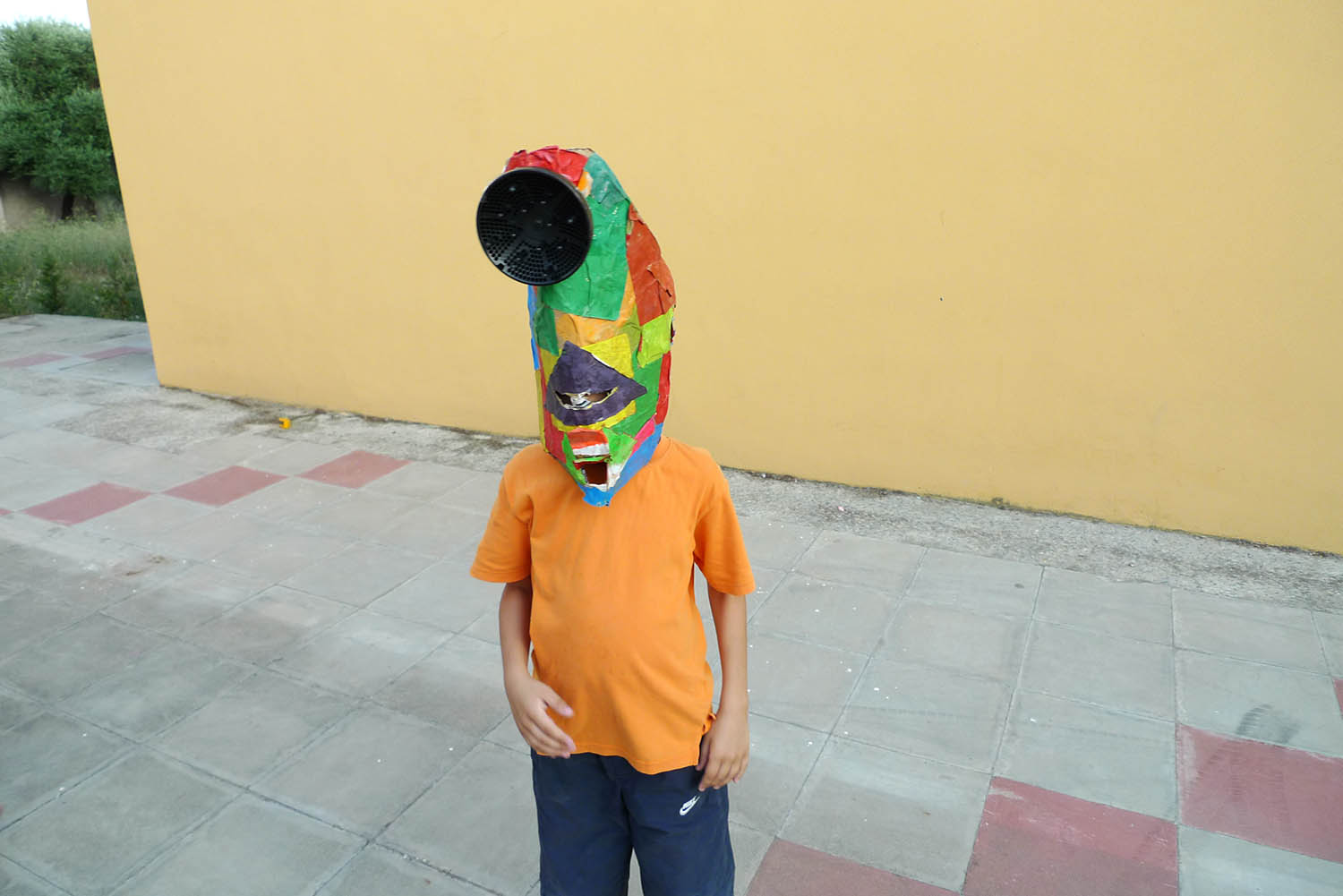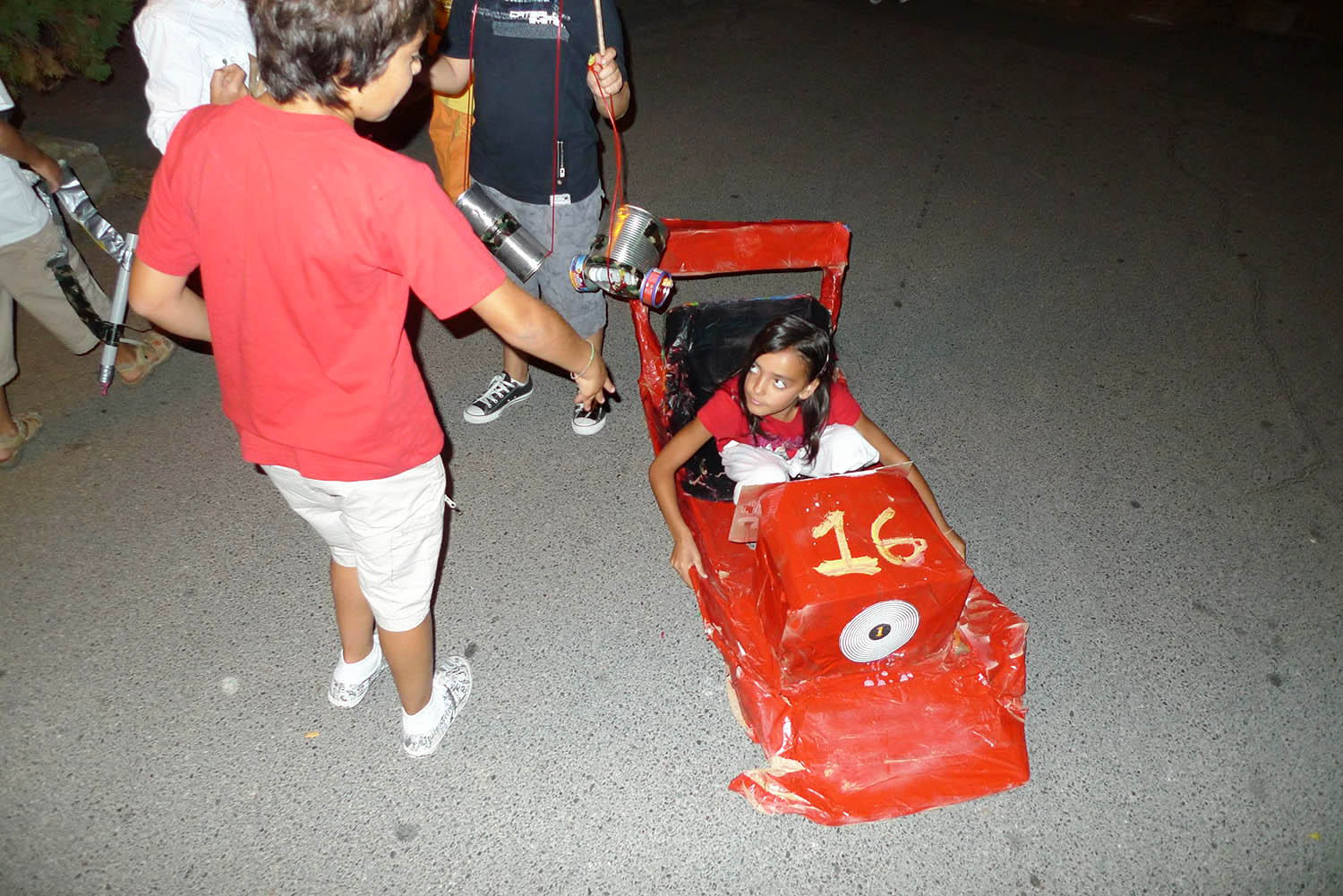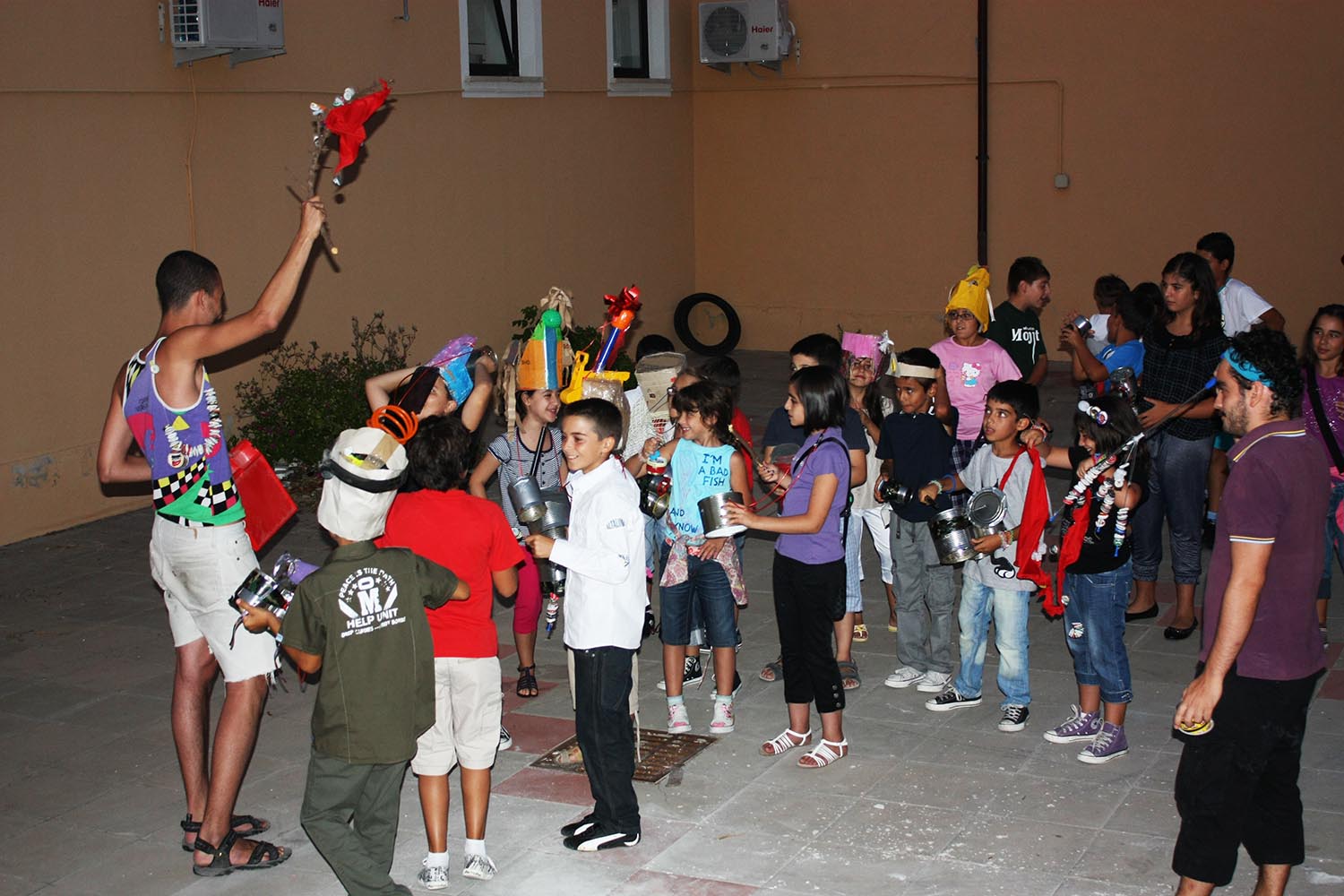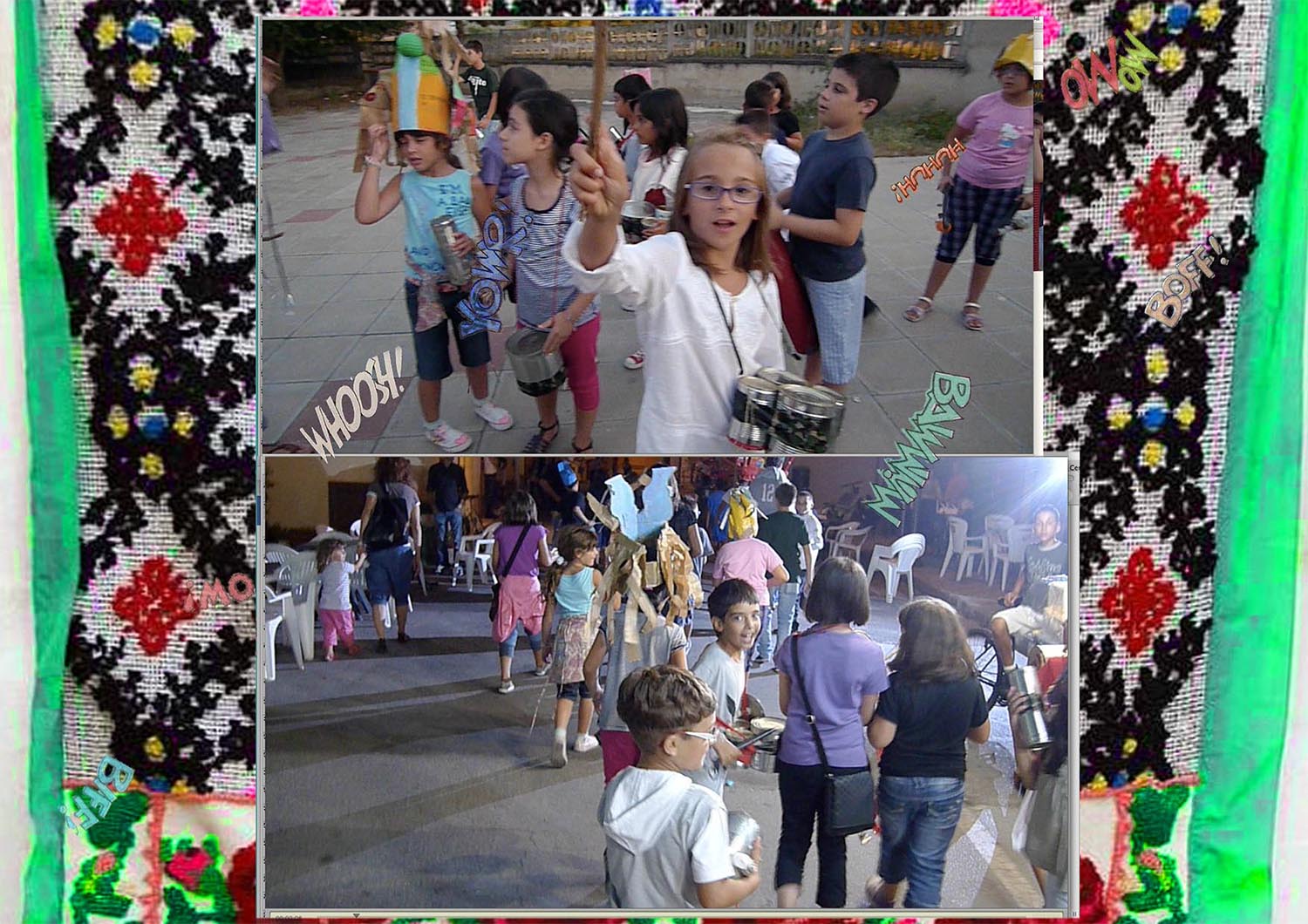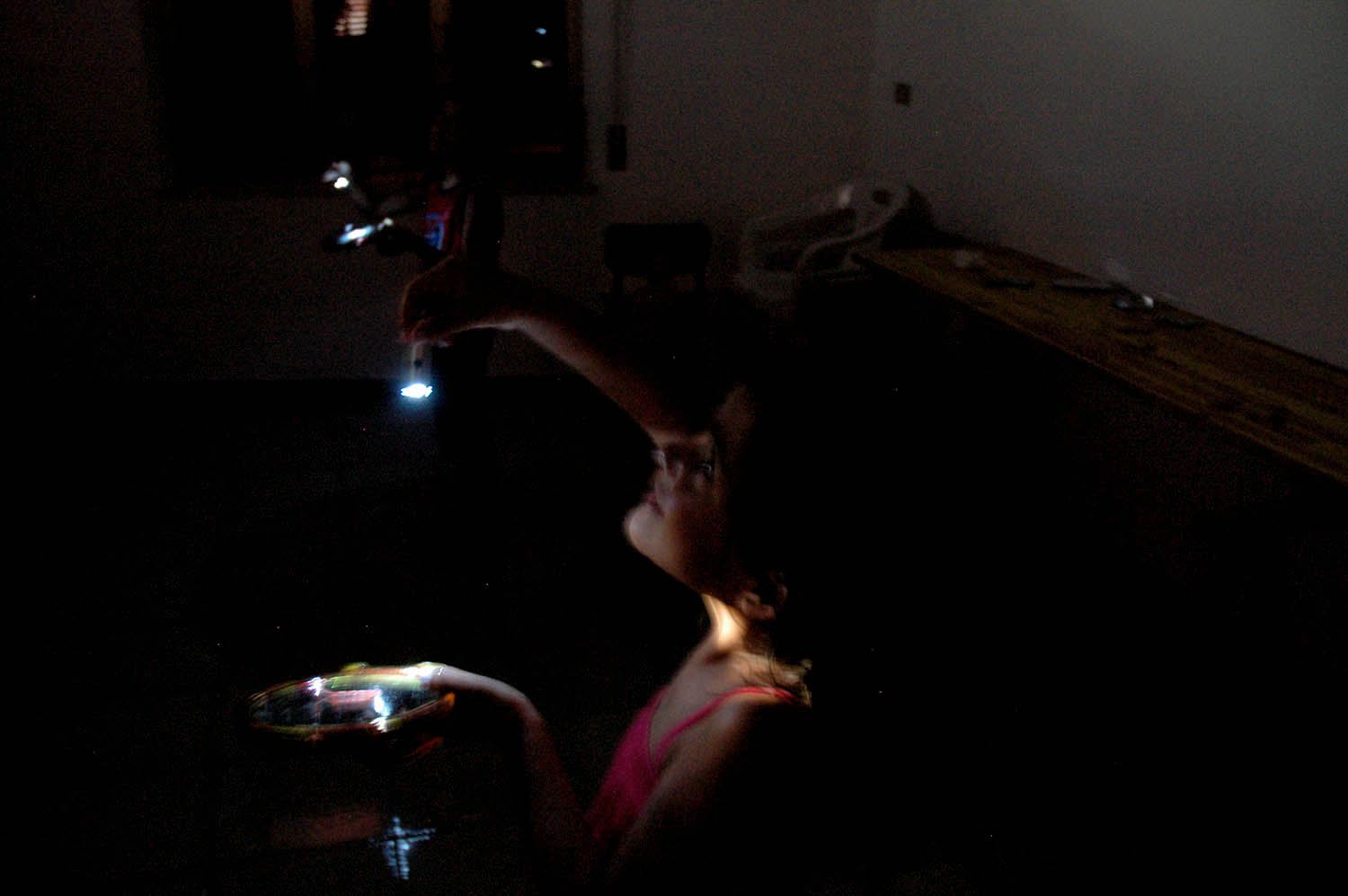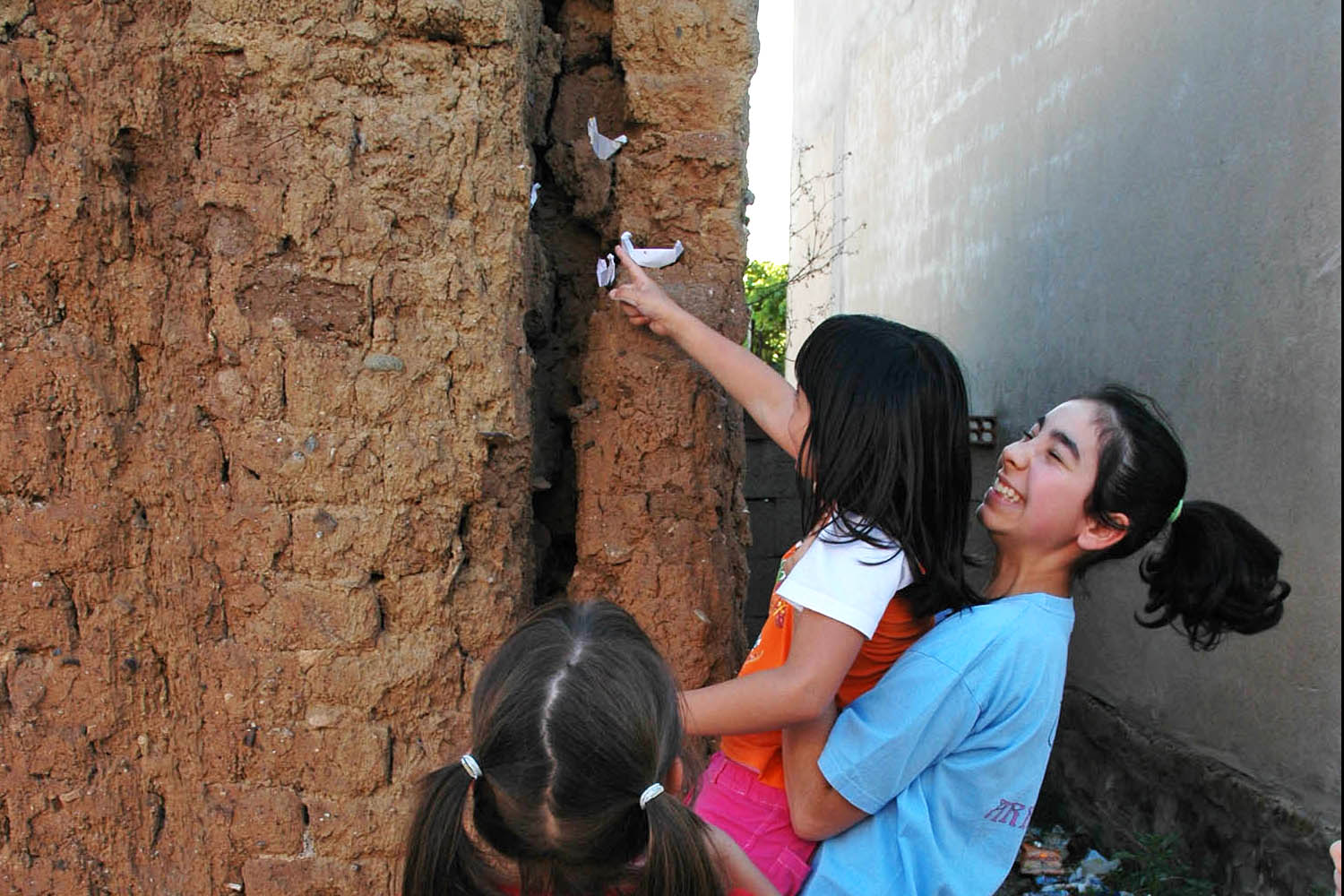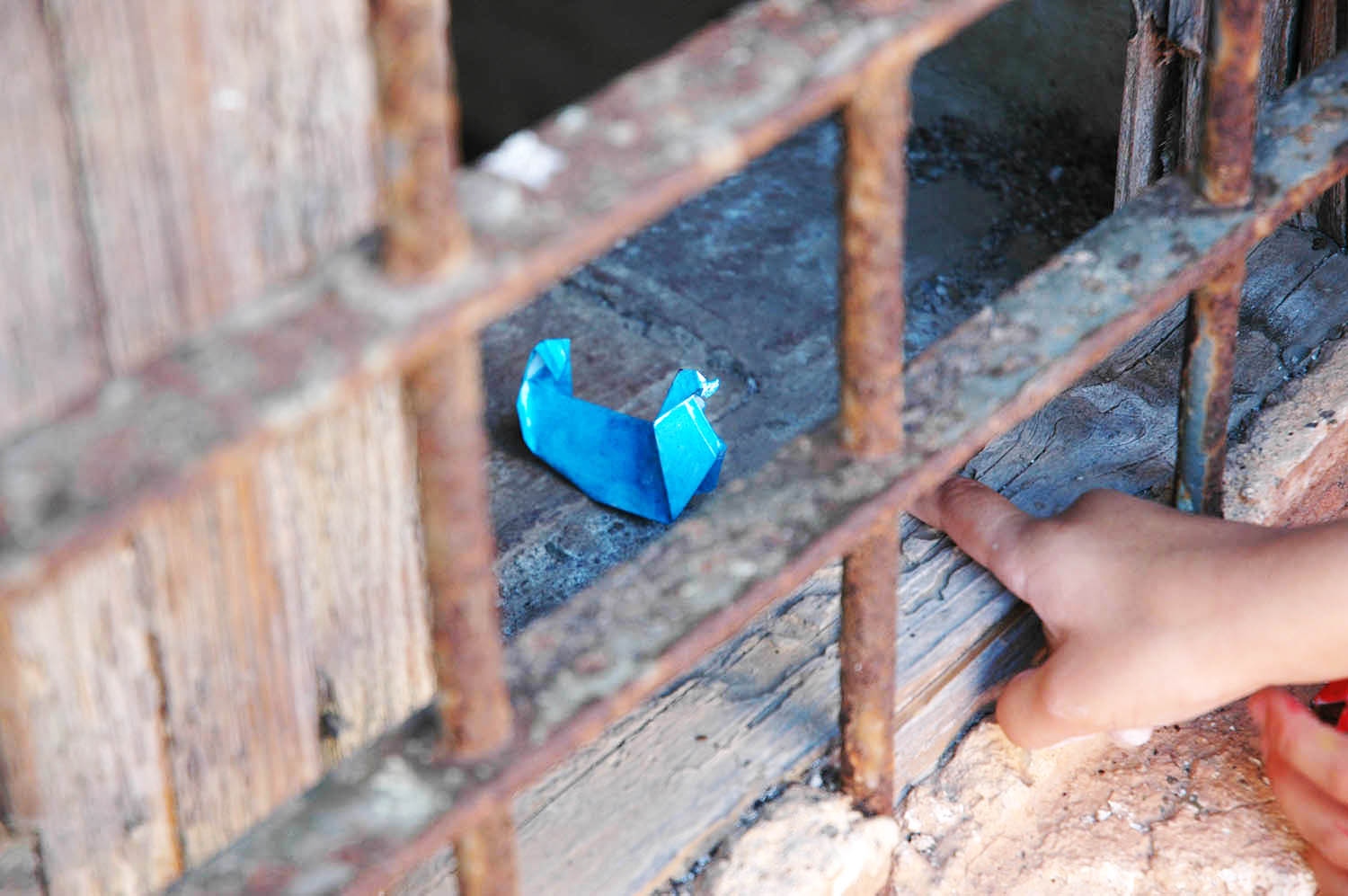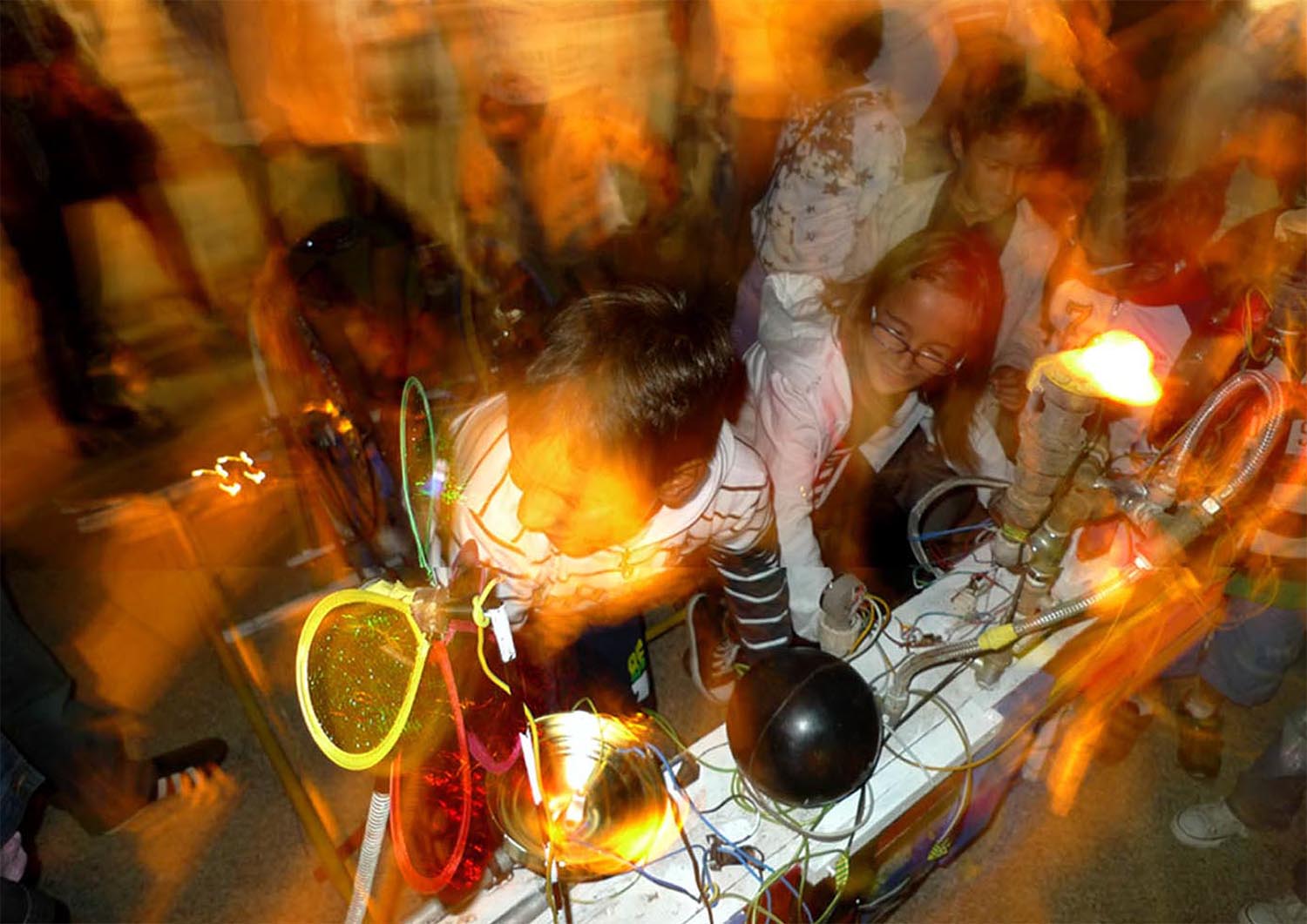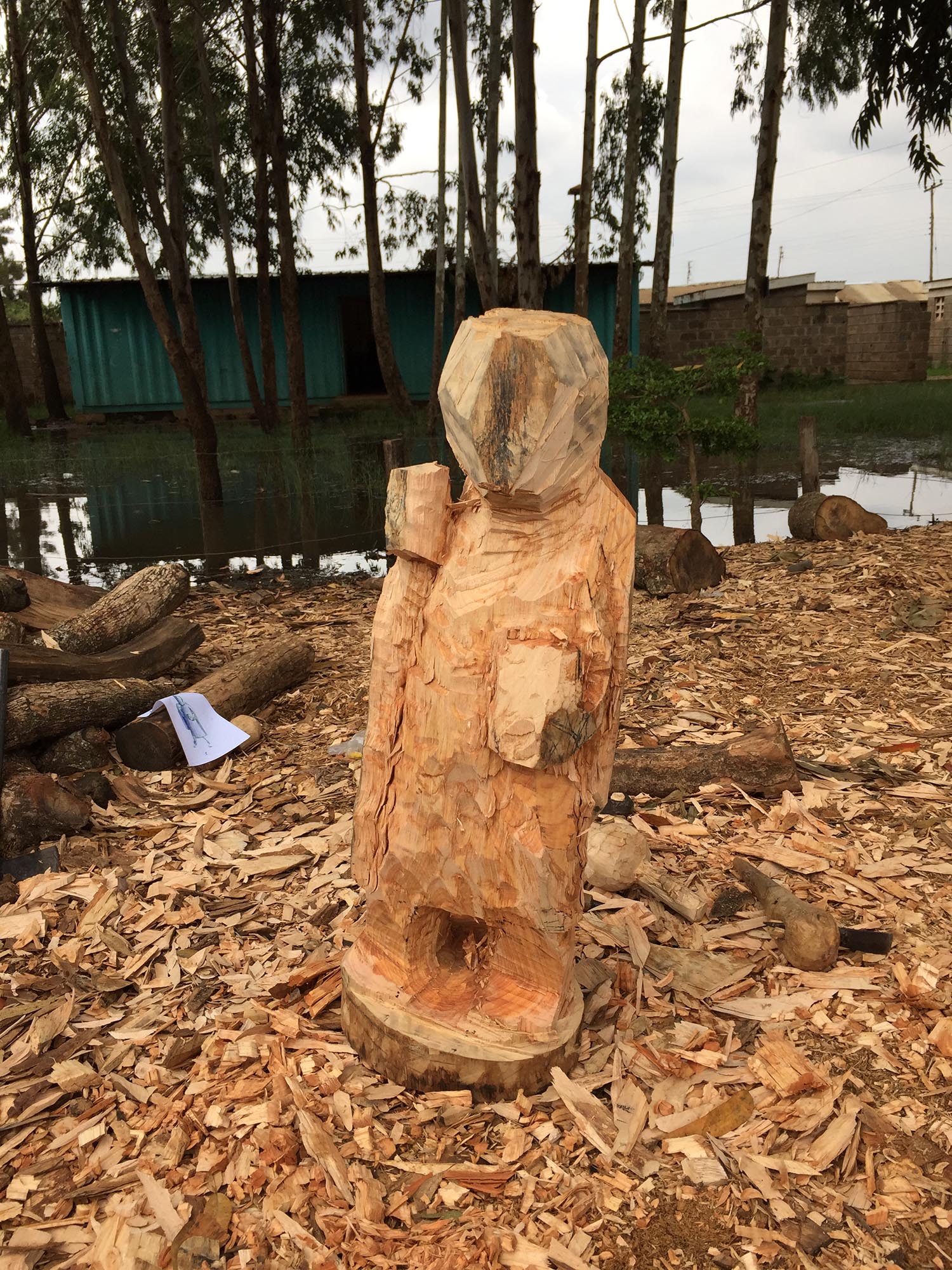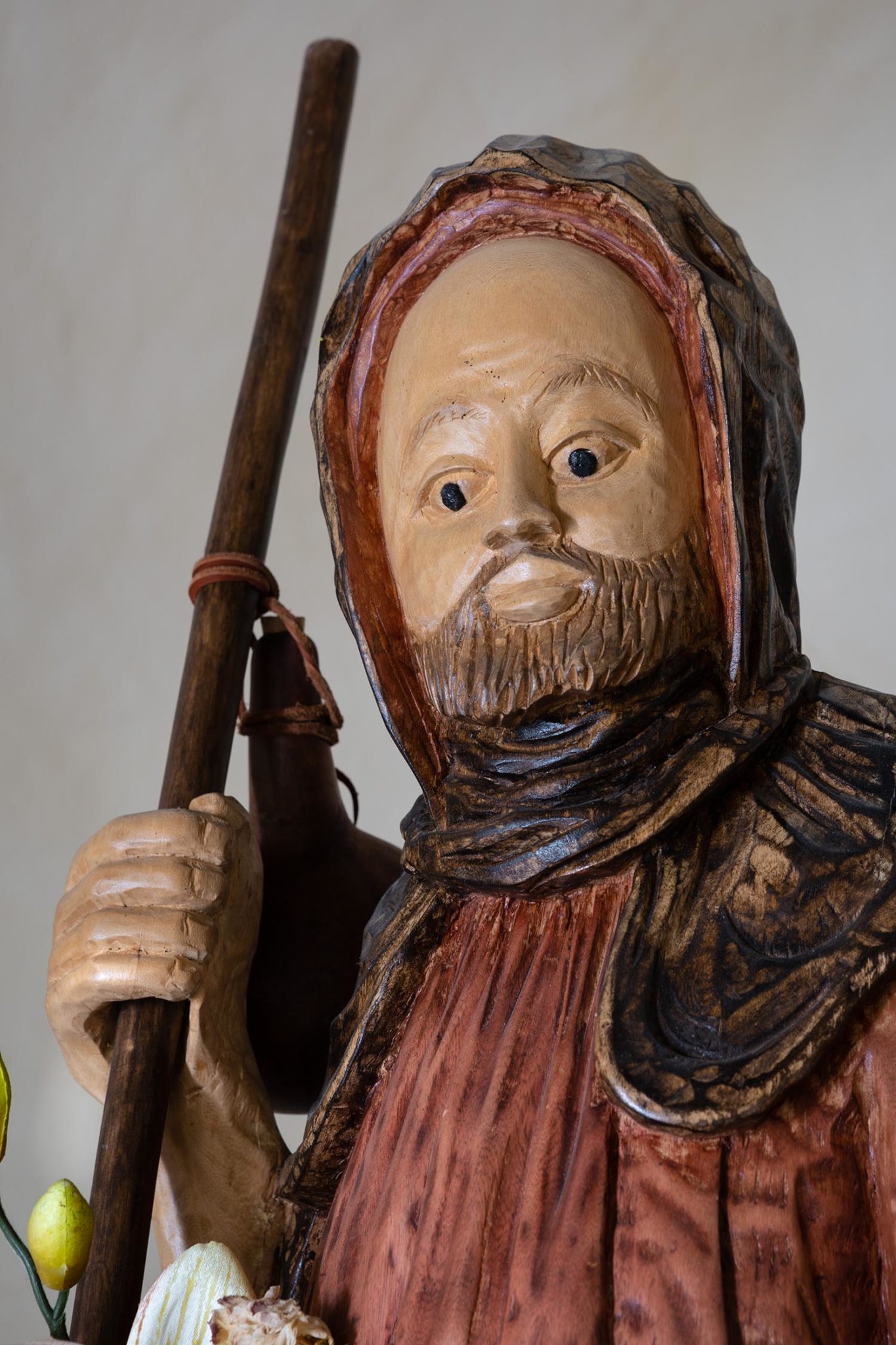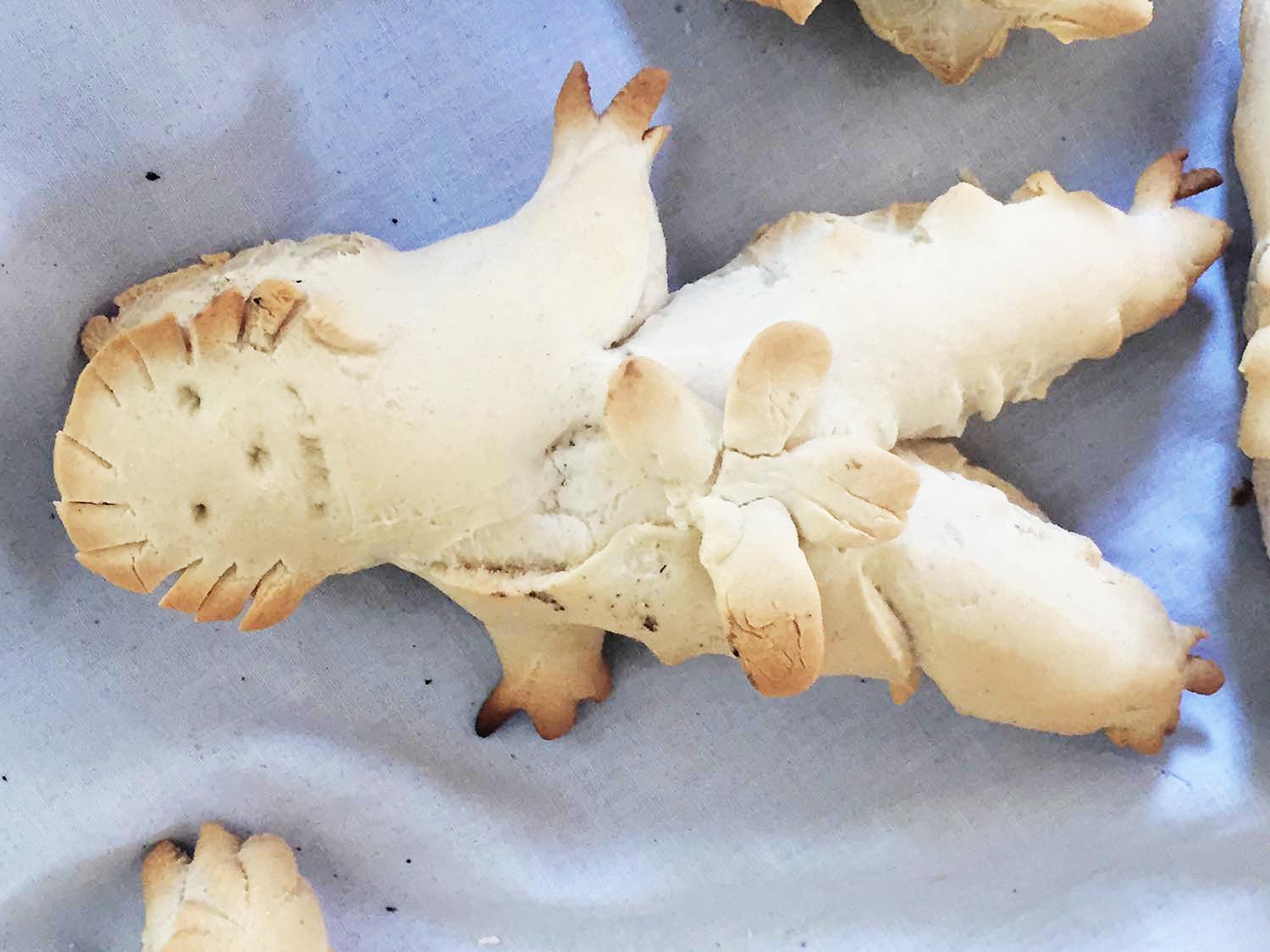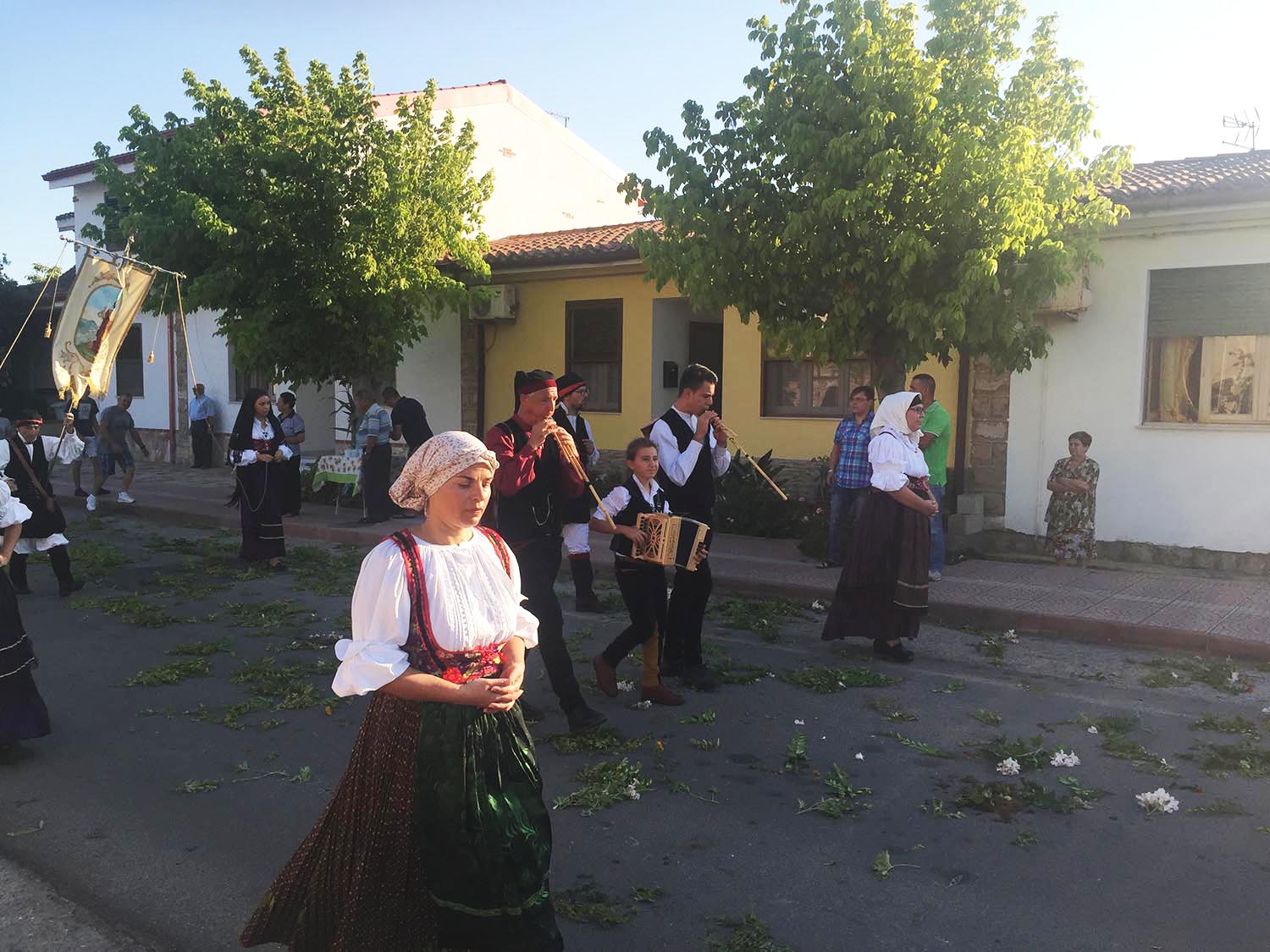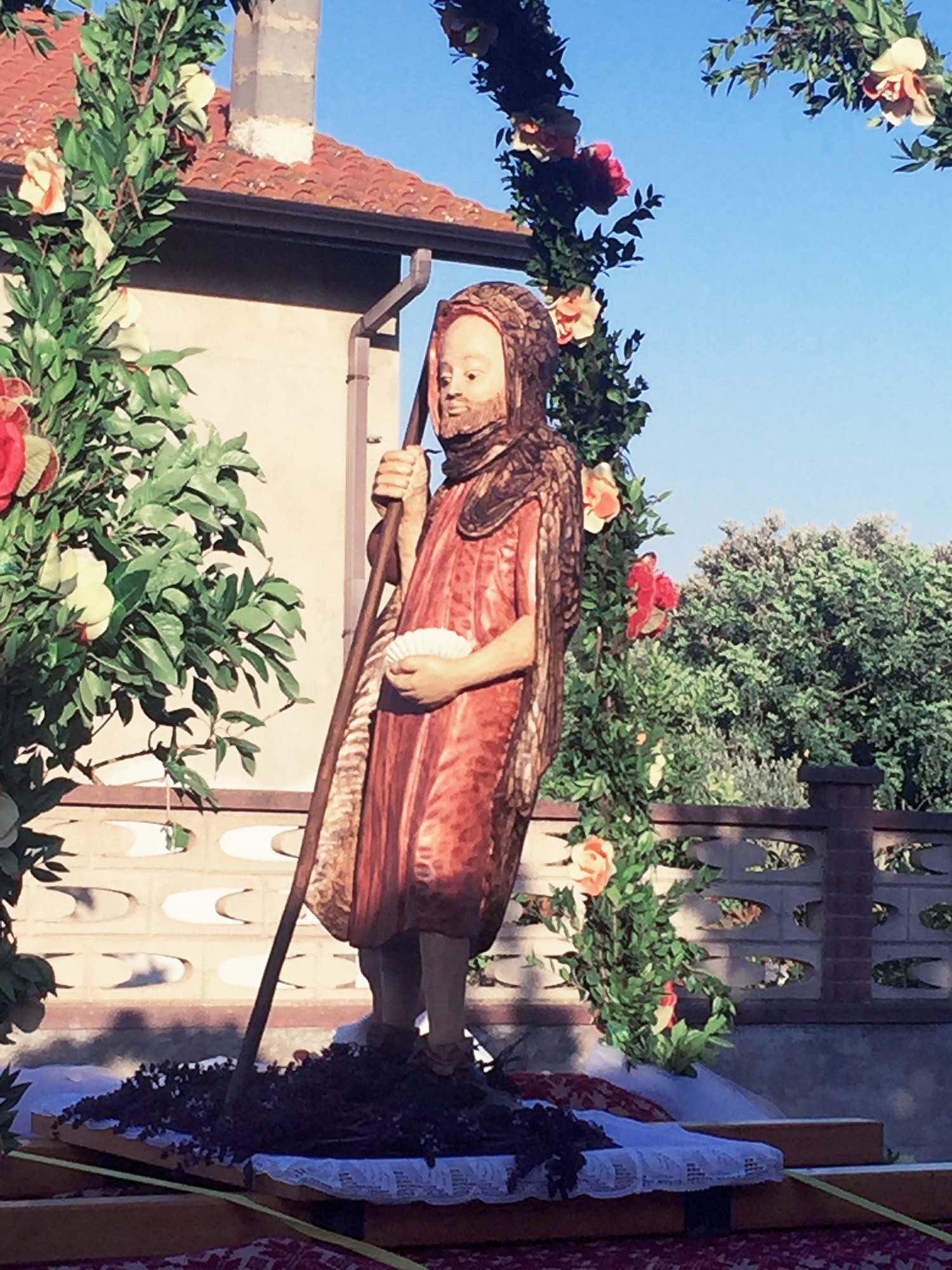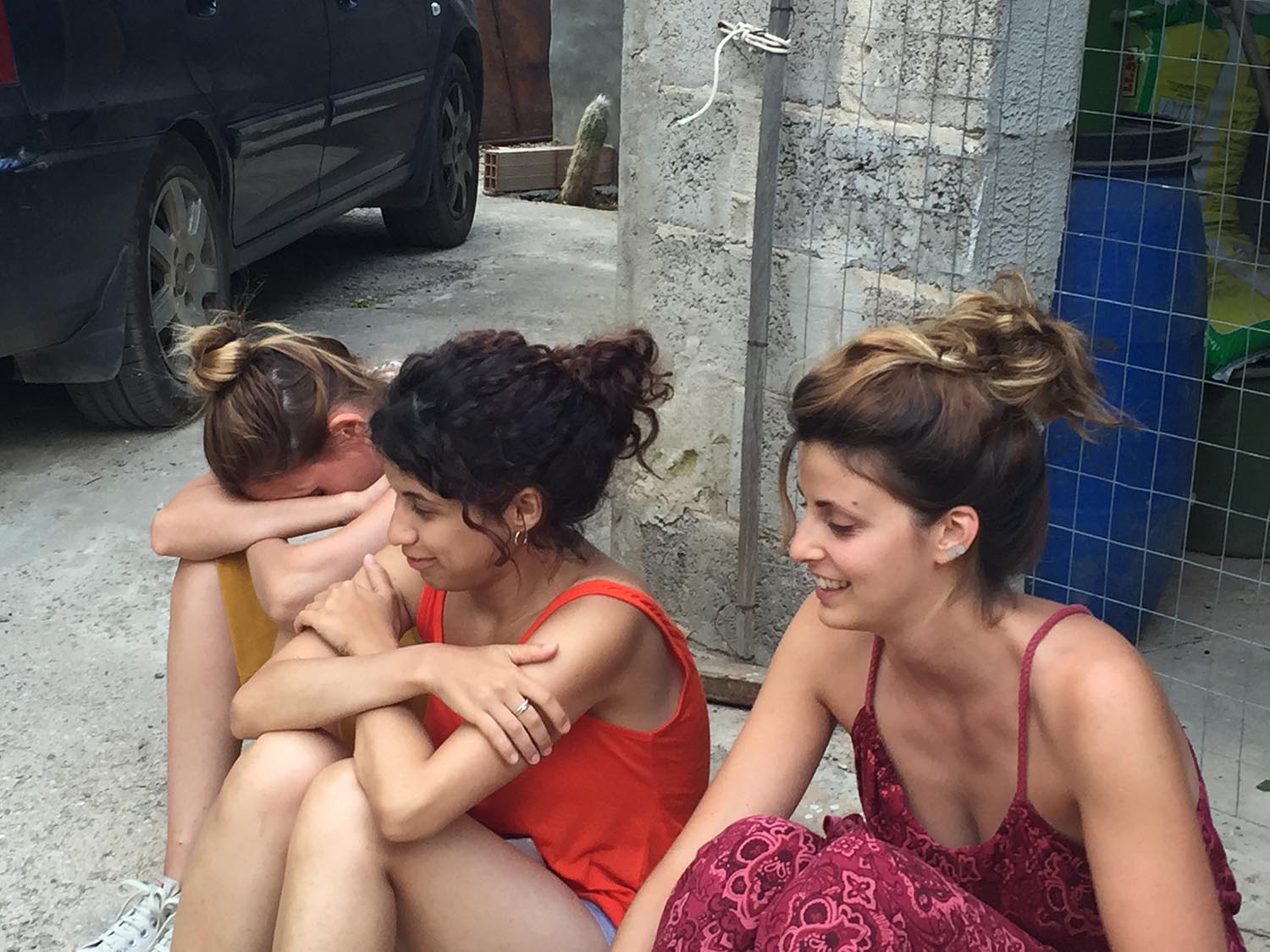Common Places A.i.R. #3 Amy Sow

Amy Sow, artista e attivista (Nouakchott 1977) è la terza artista invitata per Common Places A.i.R.
Prima Vicepresidente del Collectif di giovani artisti visivi mauritani, M-ART, fondatrice di ArtGallé, un centro d’arte situato a Nouakchott che ha come scopo divulgare e promuovere l’arte e l’educazione artistica soprattutto alle fasce che ne sono escluse, bambini e bambine soprattutto.
La passione di Amy Sow risale alla sua infanzia. Da allora si è formata e perfezionata in calligrafia, pittura e fotografia.
Il lavoro di Amy Sow è stato esposto alla biennale di Dakar, al palazzo Chaillot e all’Institut du Monde Arabe di Parigi, al museo di arti contemporanee di Cartagine a Tunisi. Nel 2019 ha partecipato al progetto I giardini possibili, con Cherimus e Casa Emmaus in Sardegna.

* * *




Prima tappa della residenza è Monte Sirai un antico sito fenicio-cartaginese. Nelle immagini vediamo il tempio di Astarte e Baal con all’orizzonte lo Stabilimento Metallurgico di Portovesme, un ritratto di Amy nel sito con la città di Carbonia sullo sfondo; un porcospino che vive in una delle antiche tombe cartaginesi, Amy sotto un vecchio ulivo piegato dal maestrale, il tramonto sulla spiaggia di Punt’e s’Arena.
* * *
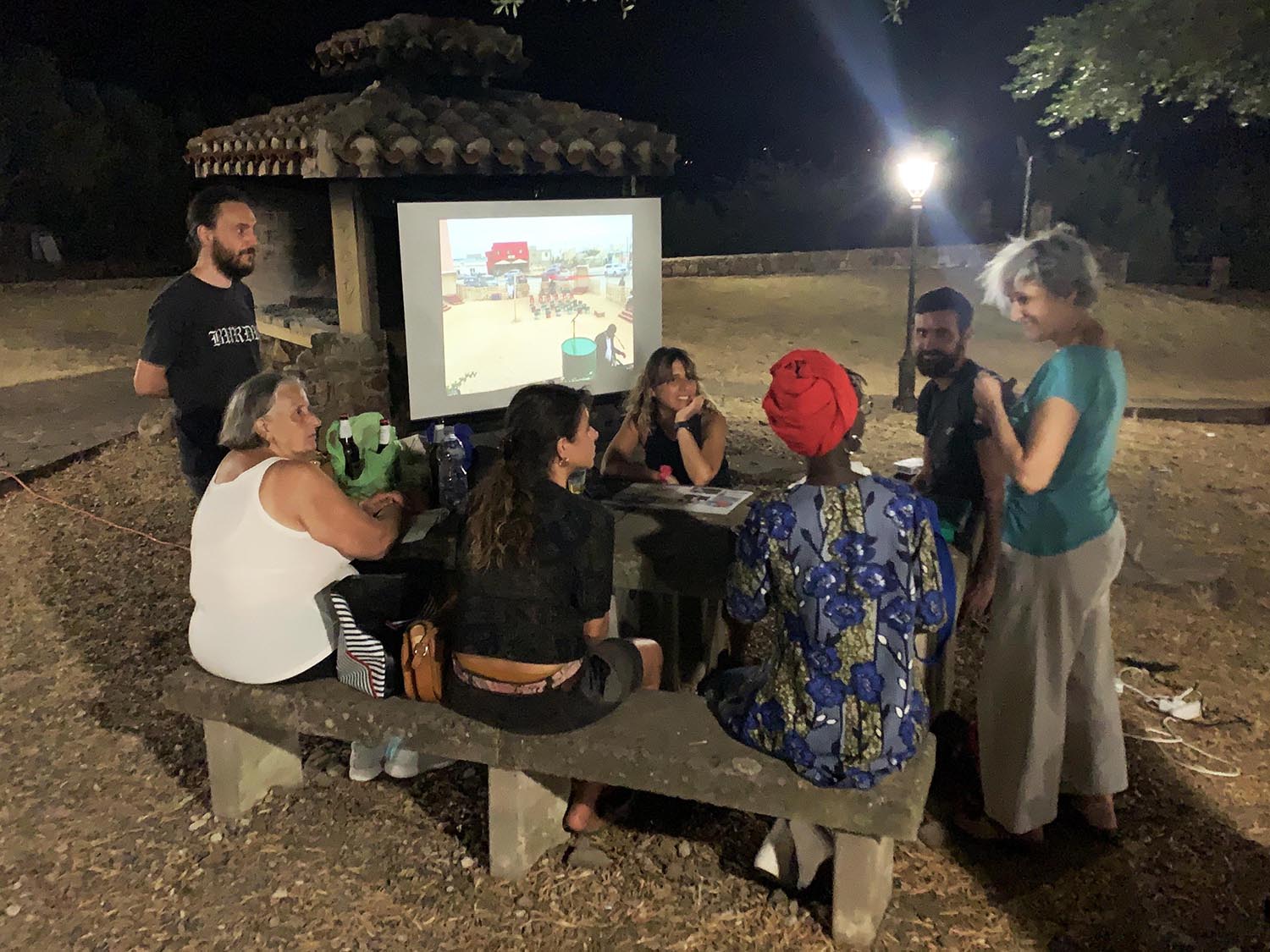
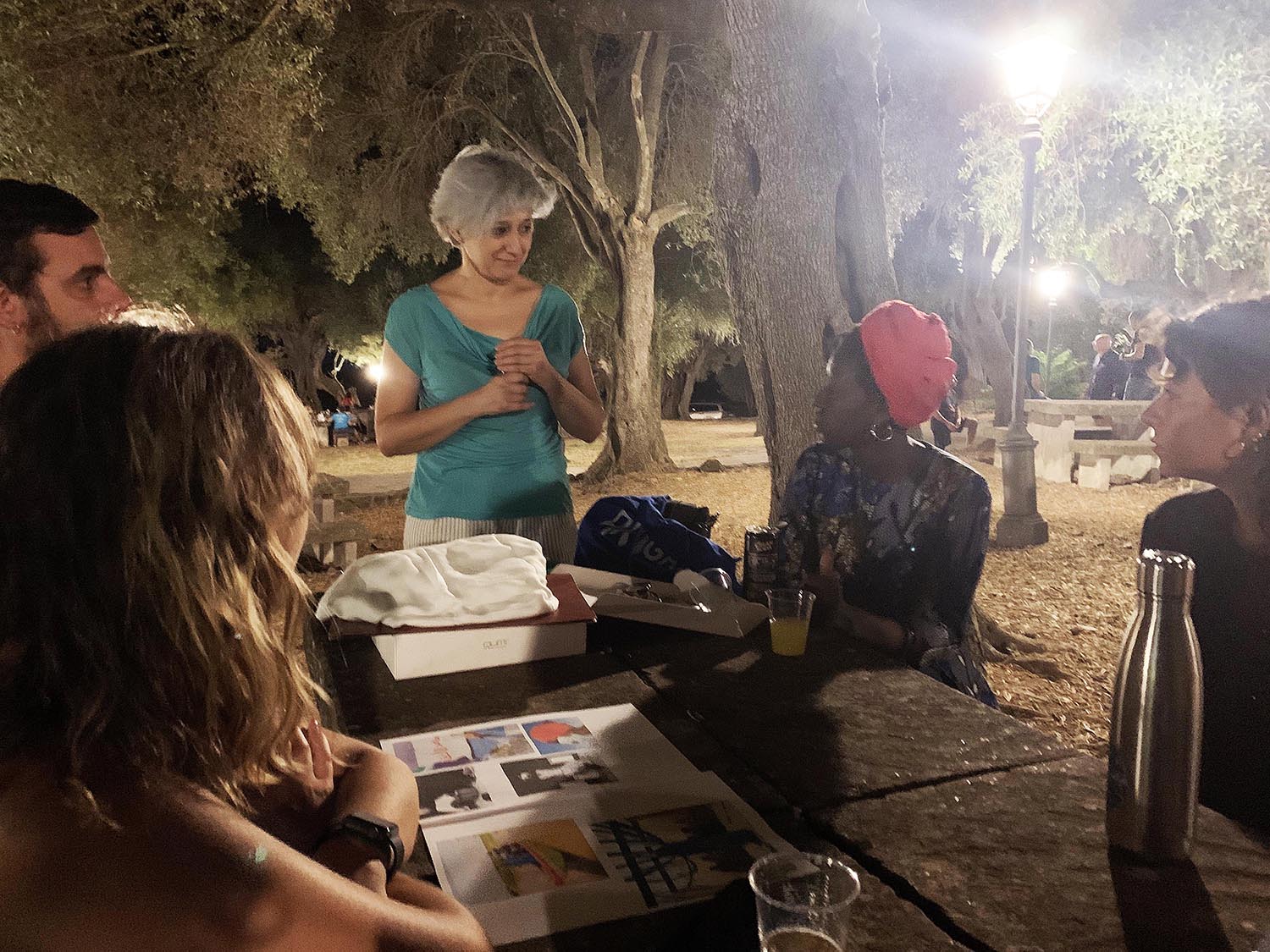




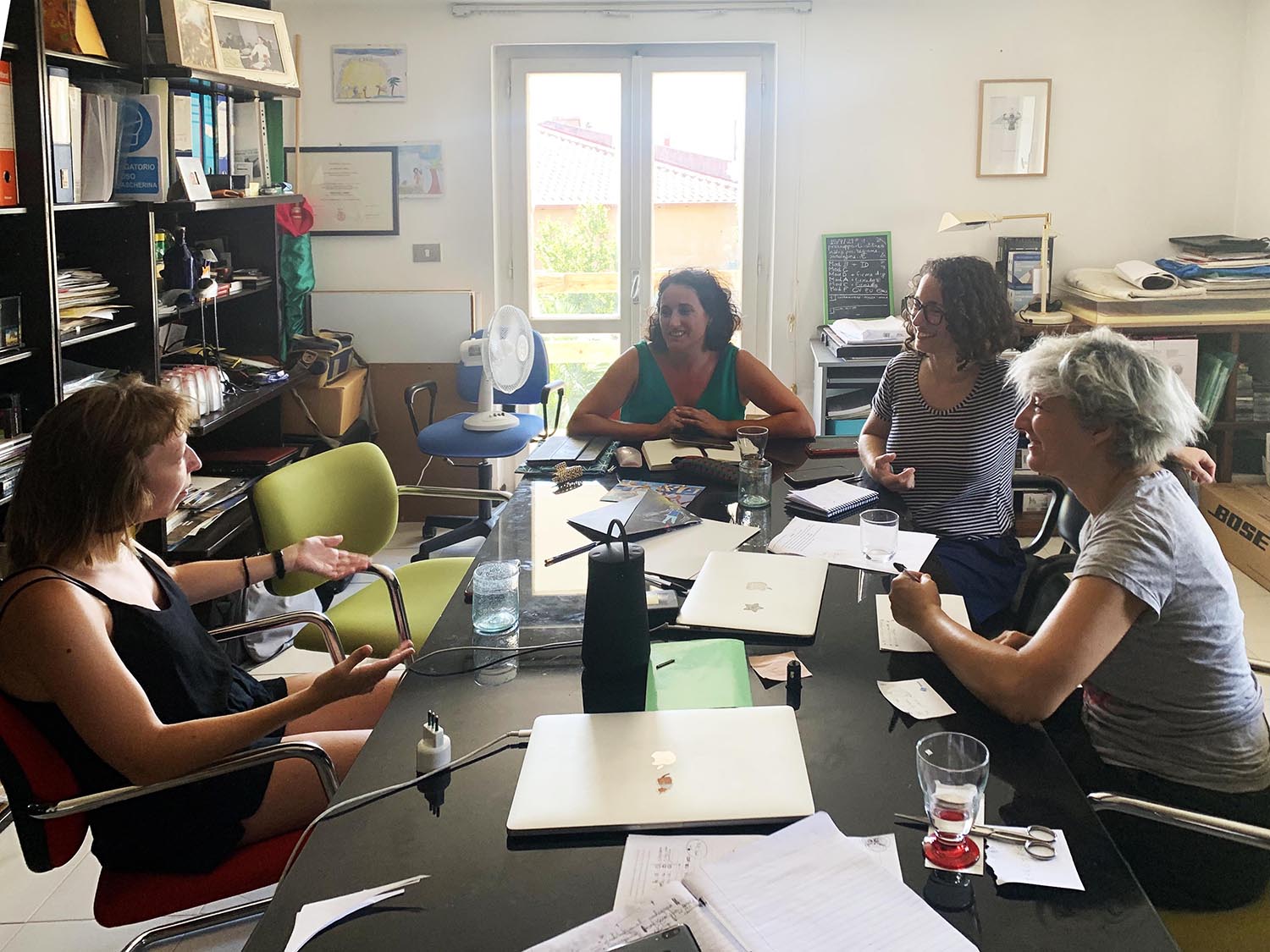
Amy incontra “Is Meurreddas”, un gruppo di autoriflessione nato a Perdaxius e incentrato sulla discriminazione e la violenza di genere.
Nell’ottica di immaginare e costruire nuovi progetti insieme Amy Sow incontra a Iglesias il sindaco di Iglesias Marco Usai e gli assessori Angela Scarpa e Monica Marongiu. Successivamente è la volta di Perdaxius con gli assessori Sebastian Fadda e Alfonso Sanna.
Visita alla galleria di Herny, un tunnel nelle rocce del Sulcis-iglesiente dove abbiamo scoperto il patrimonio minerario della zona.
In questi giorni ci hanno visitato anche i partner del progetto Common Places per un a serie di incontri di scambio metodologico e per condividere i risultati perseguiti dal progetto fino a questo punto.
Negli stessi giorni ci hanno visitato anche i partner del progetto Common Places La Fundició e Prostorož per un a serie di incontri di scambio metodologico e per condividere i risultati perseguiti dal progetto fino a questo punto.
* * *








Performance di Amy Sow al parco pubblico di San Leonardo.
“Deboo” è una parola Pulaar che significa donna. Lo spettacolo parla della lotta delle donne per liberarsi da tutti i fardelli e le costrizioni con cui sono costrette a vivere.
Musiche di: Carlo Spiga @makika2
Foto di: @riccardolocci
* * *




